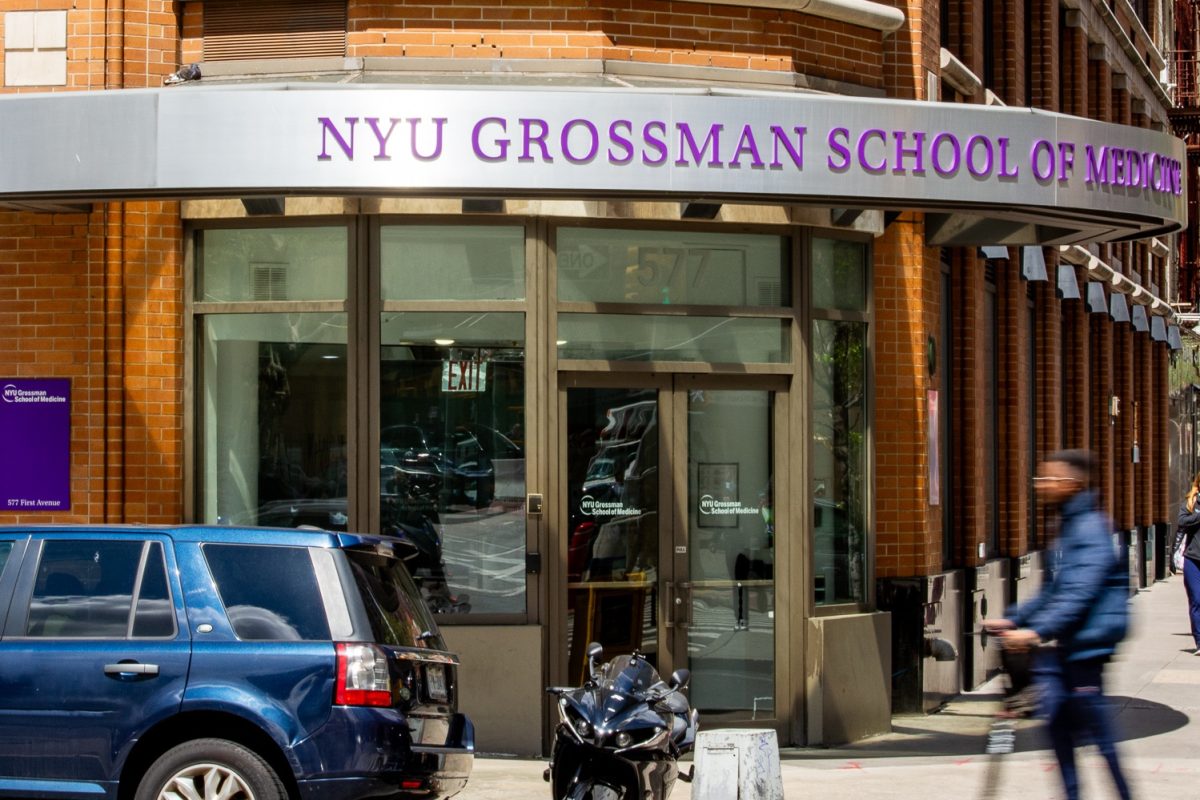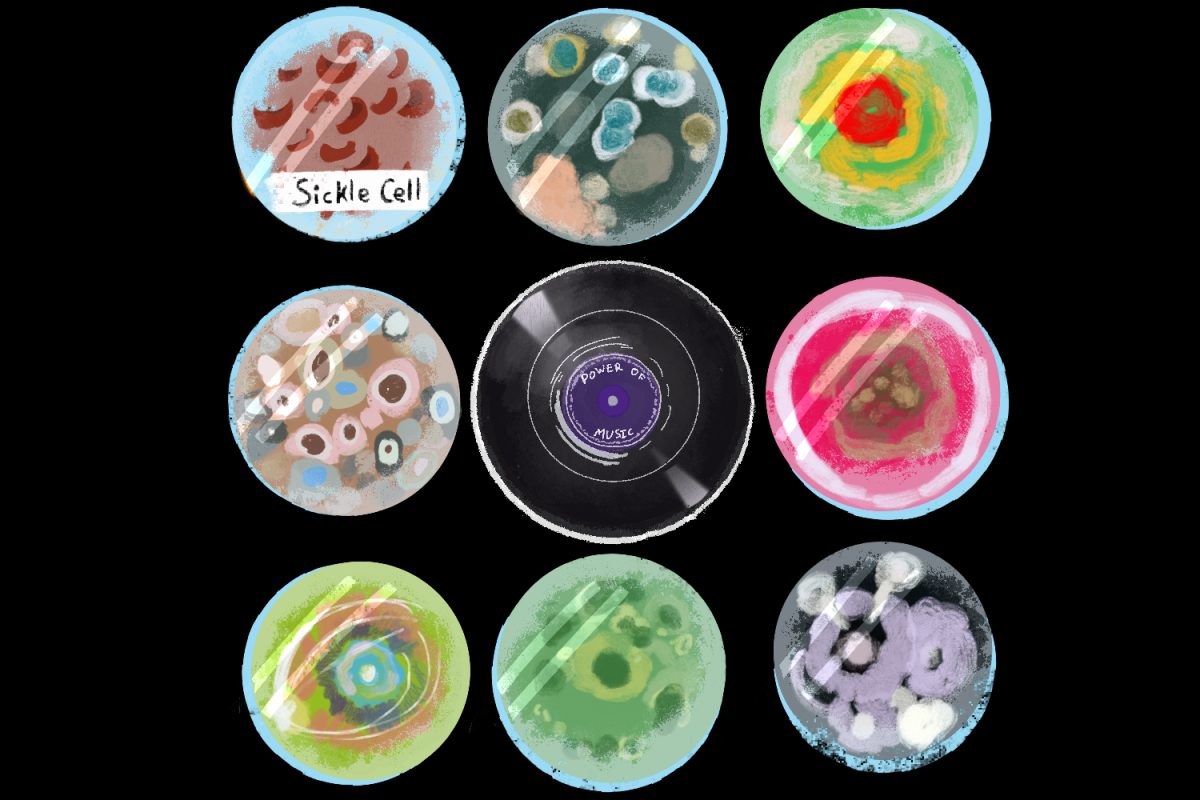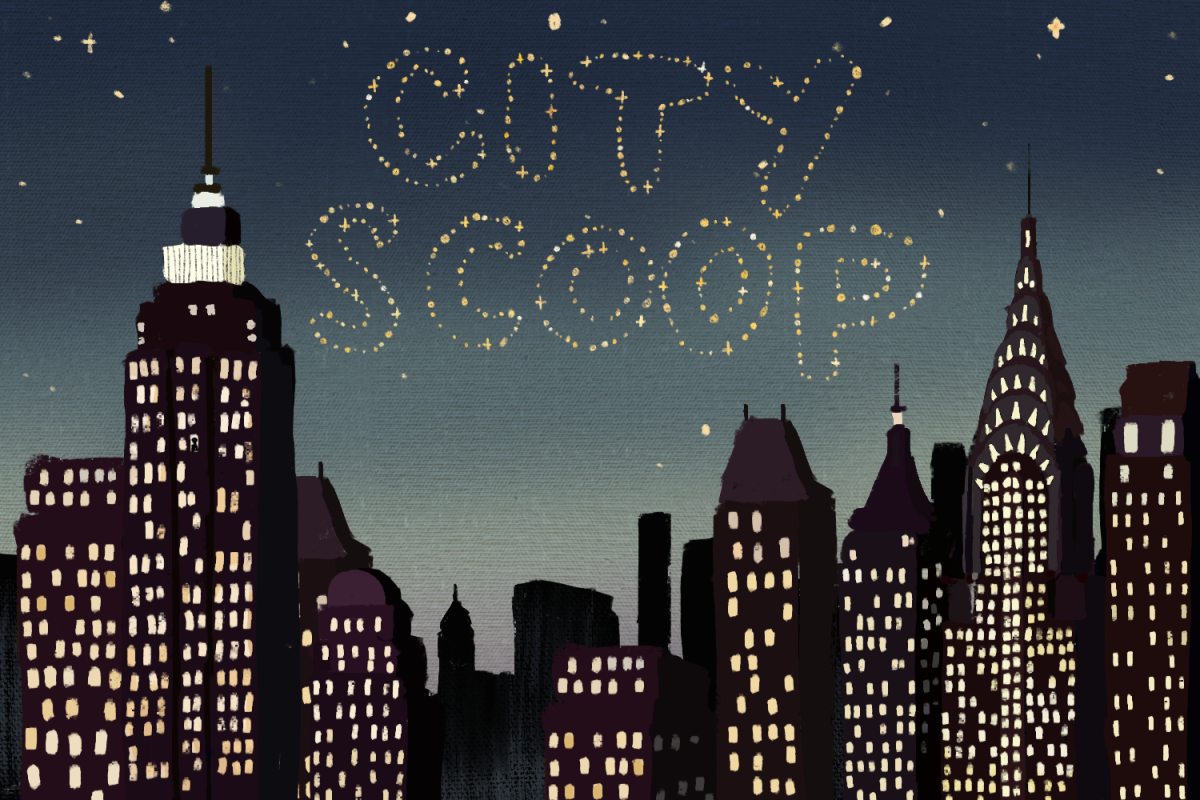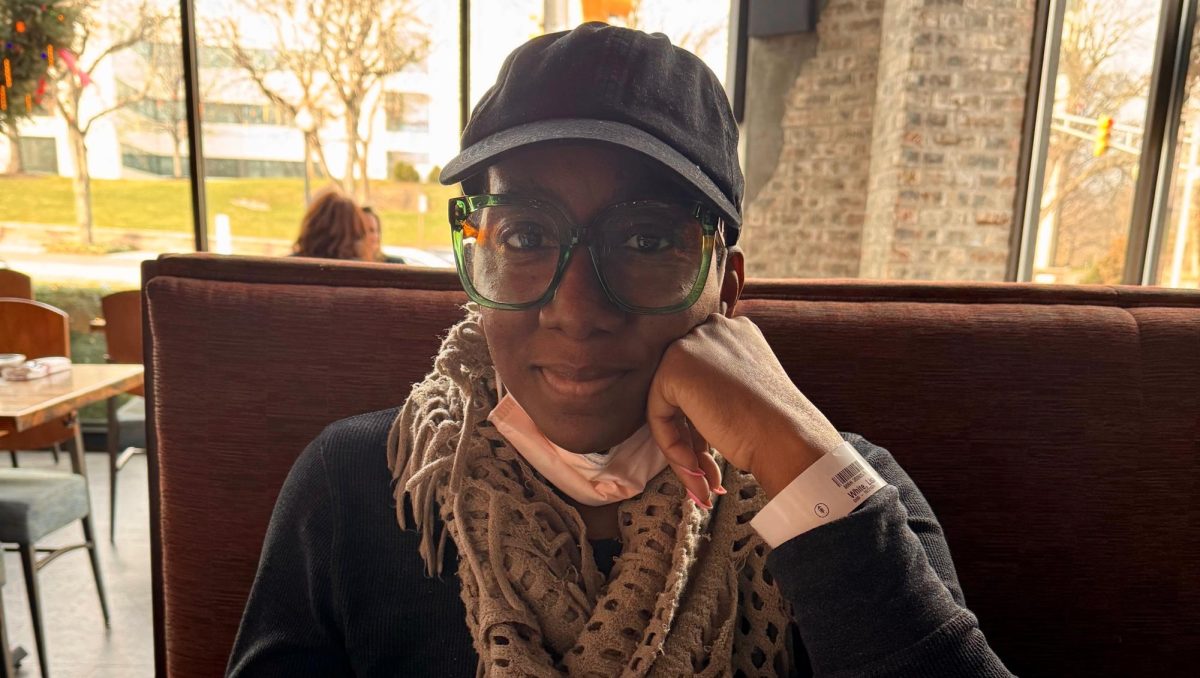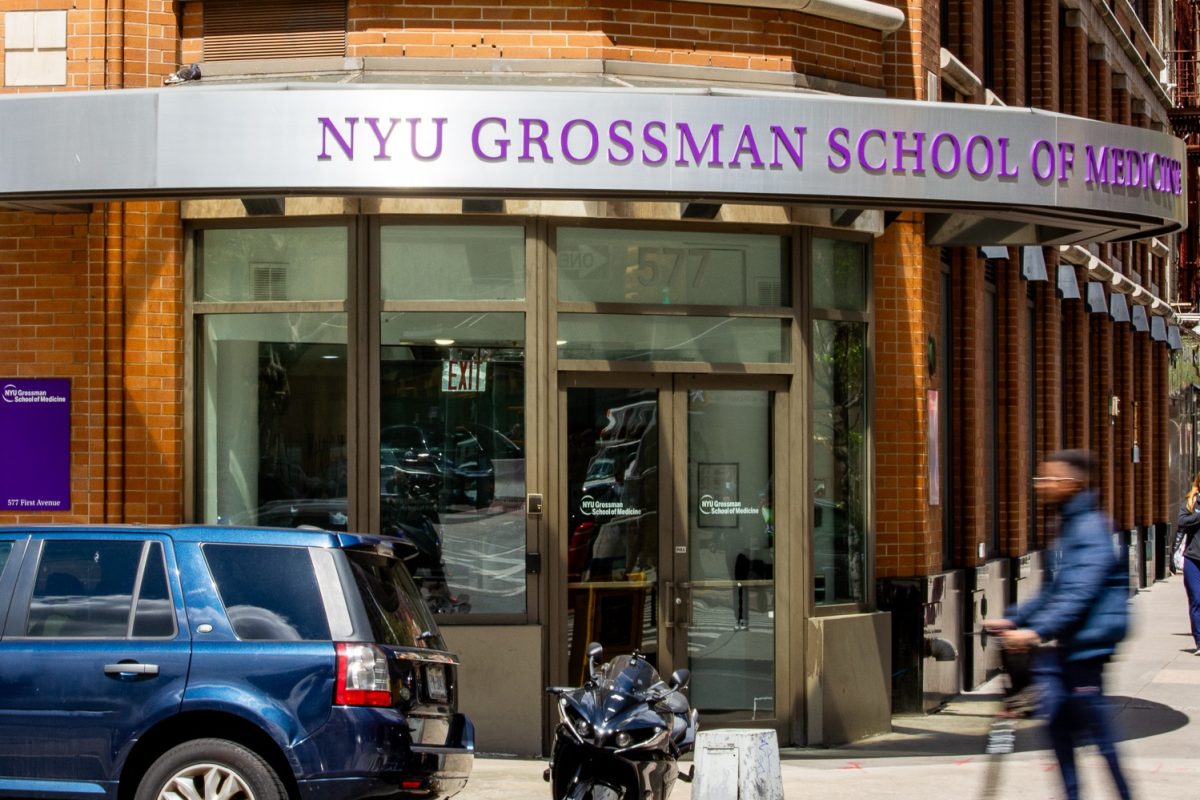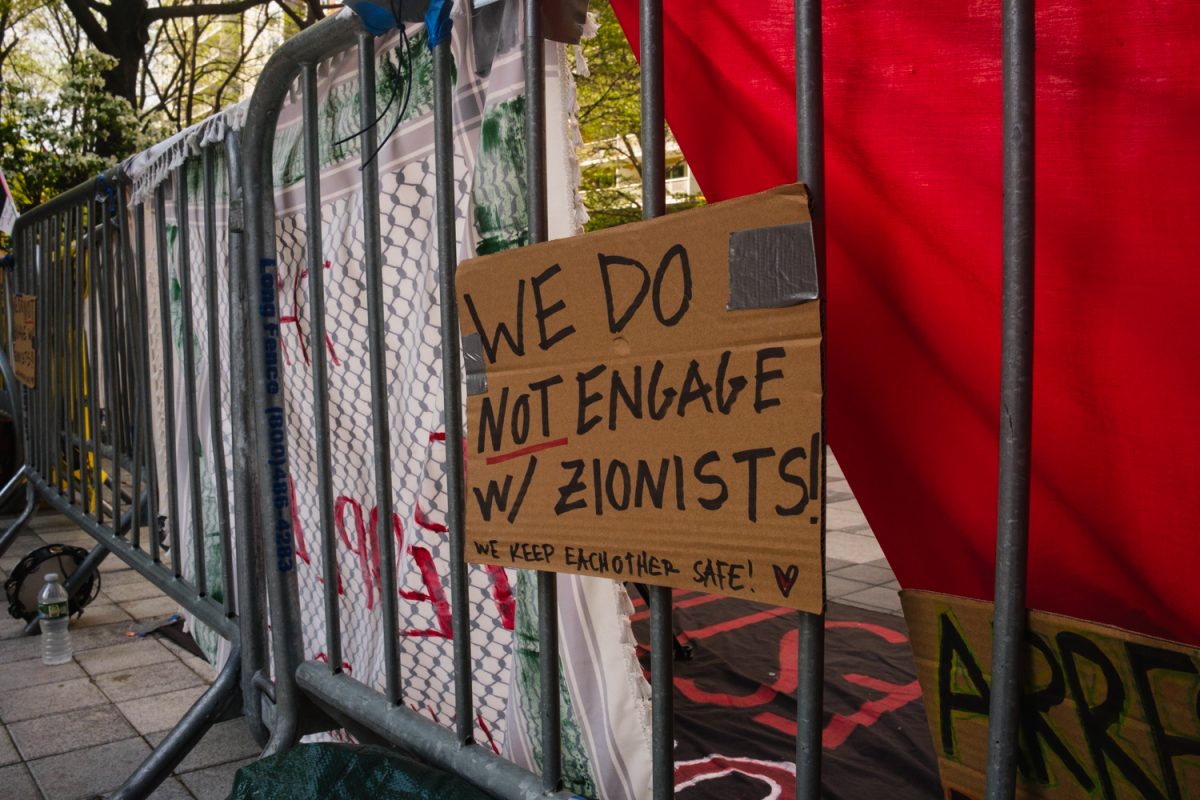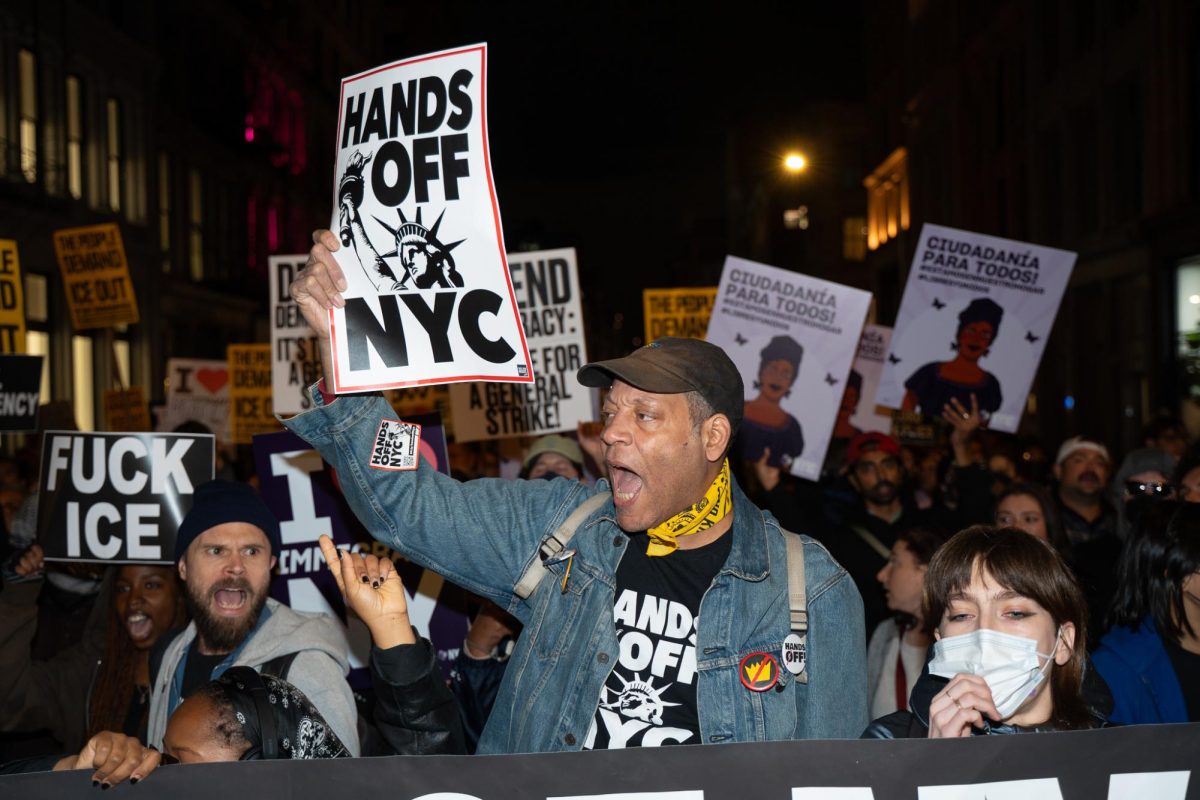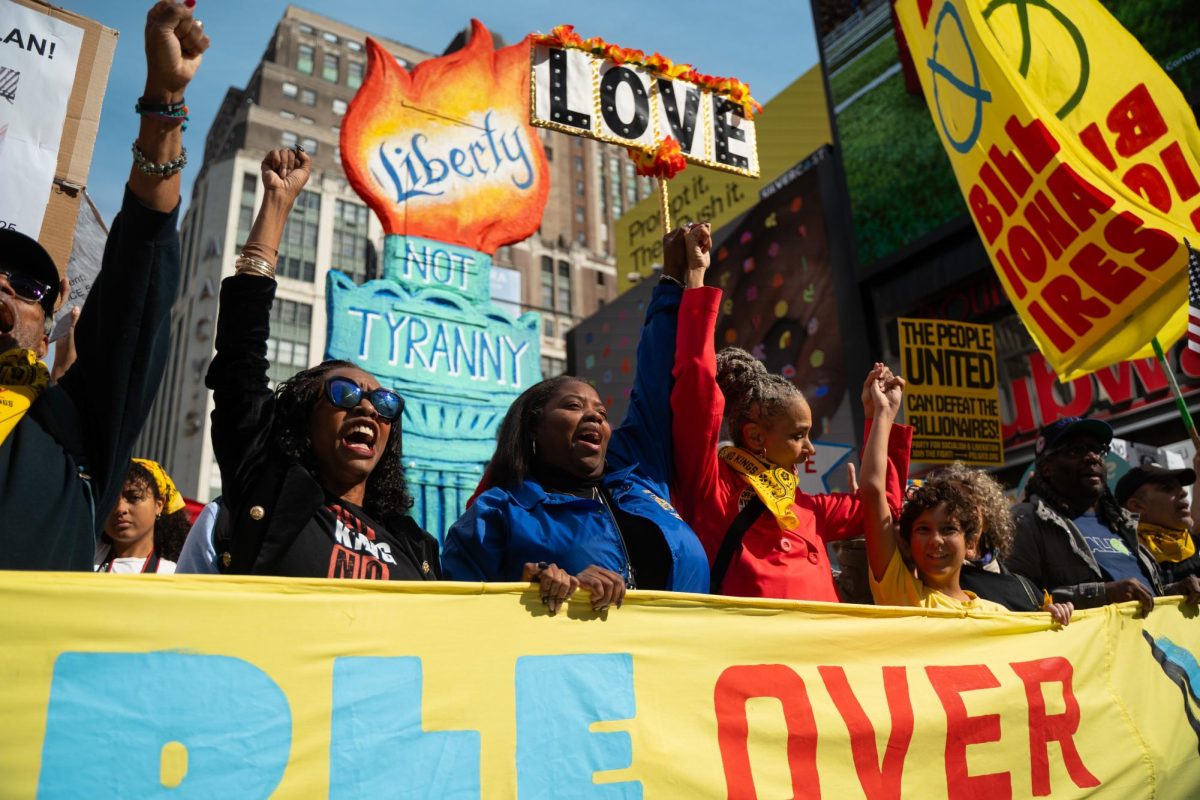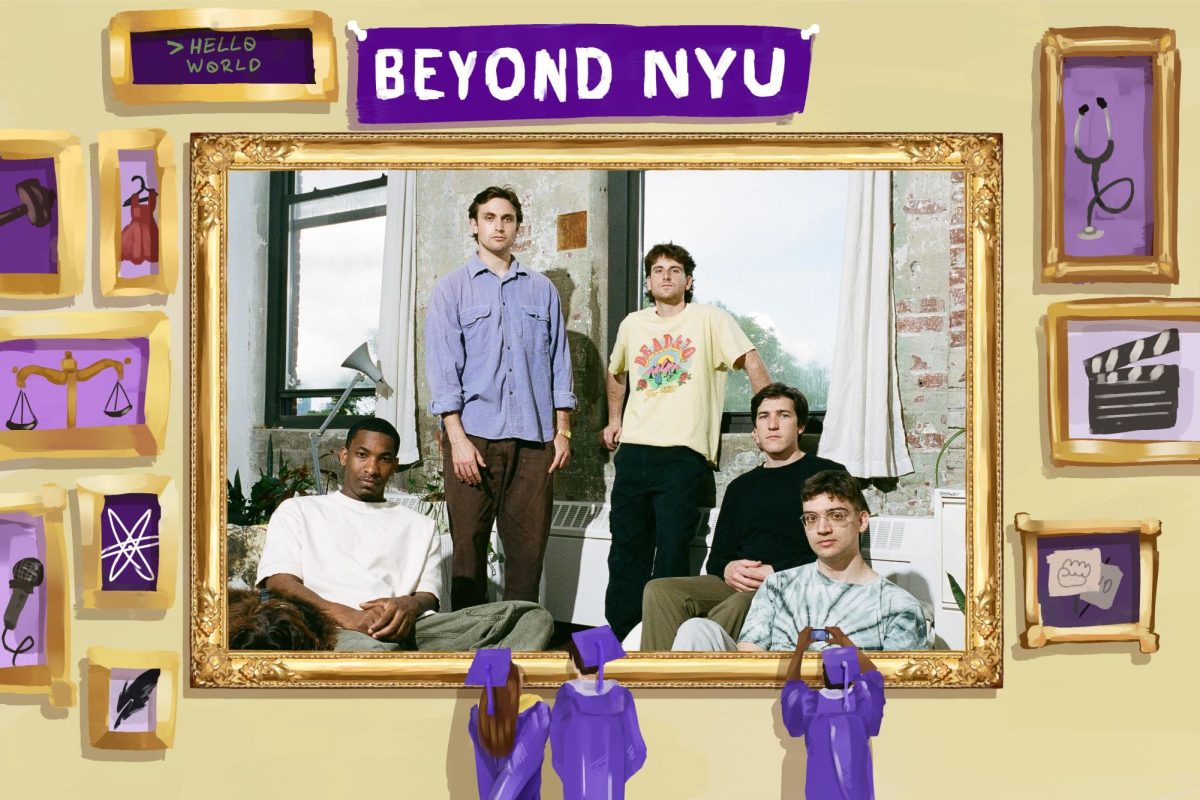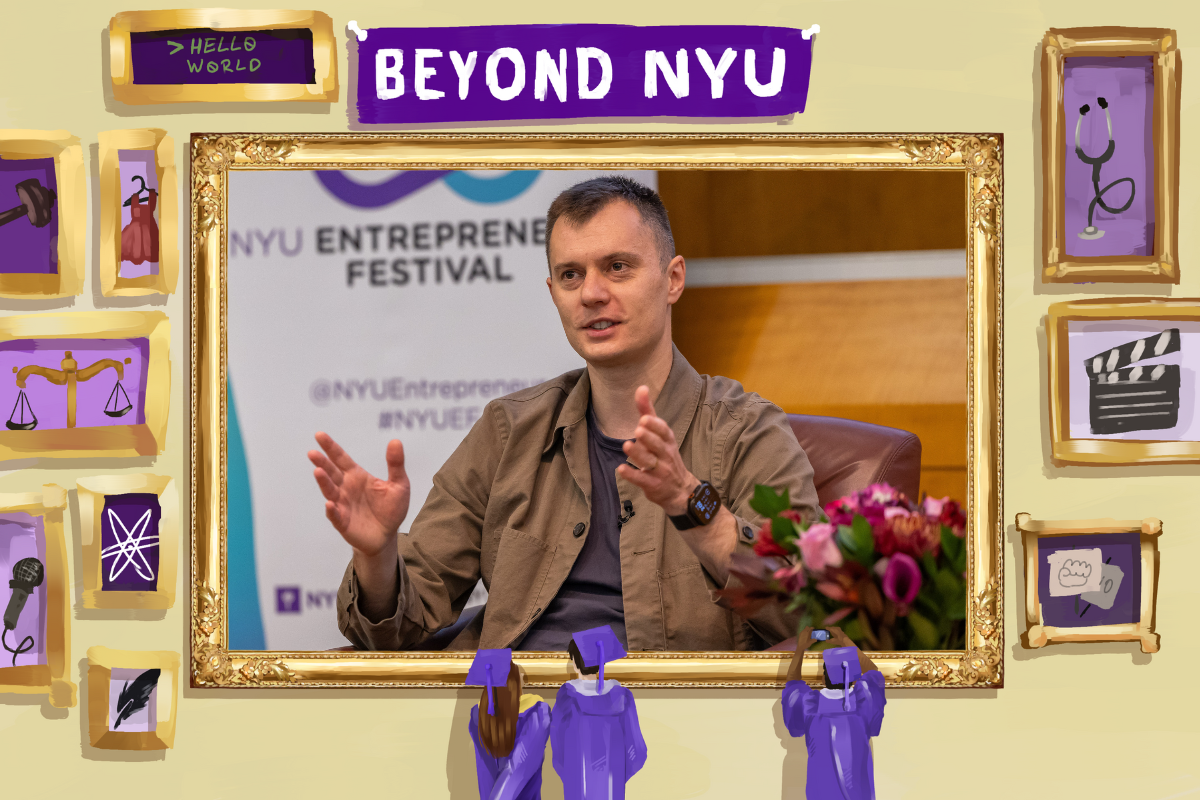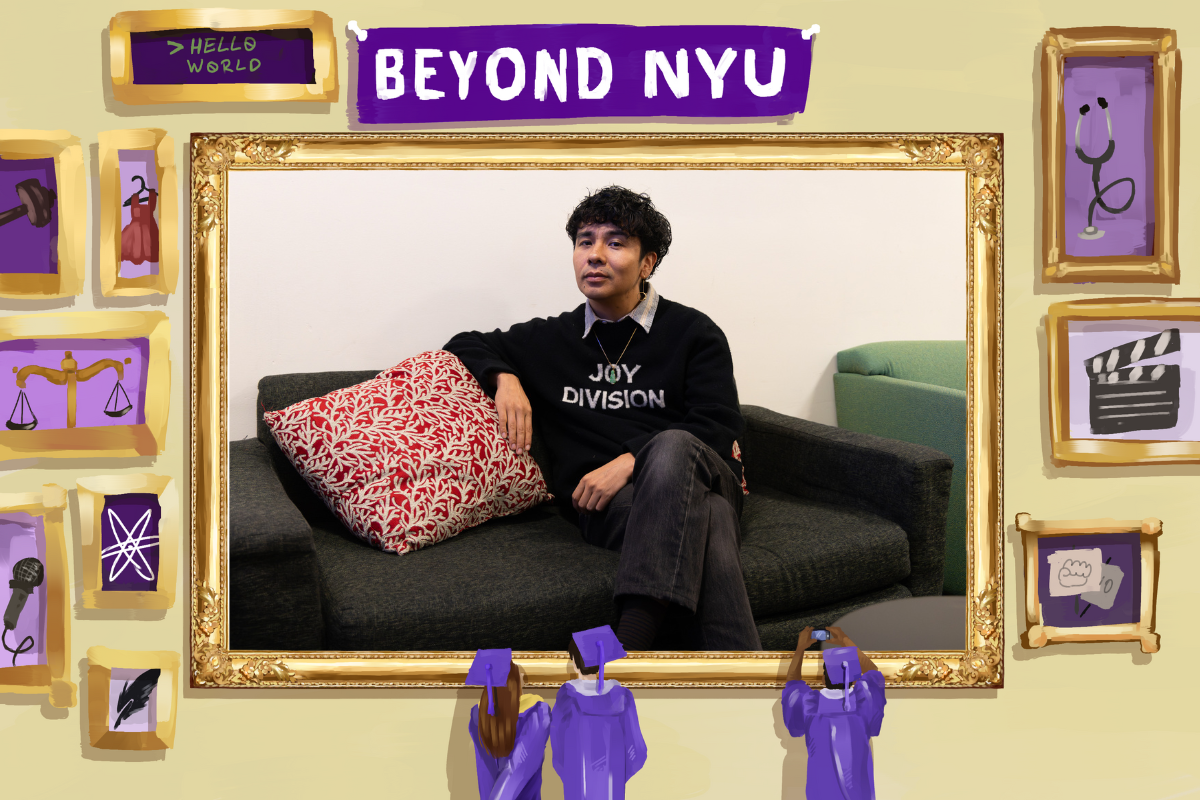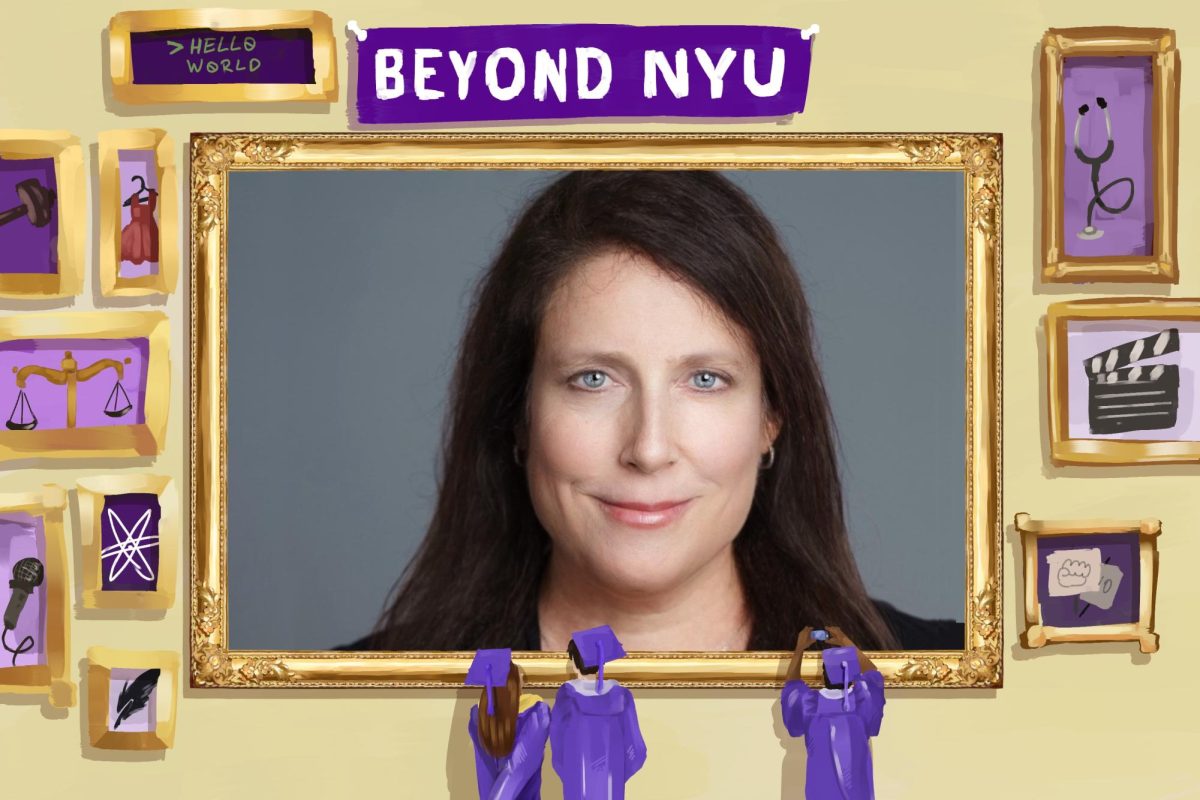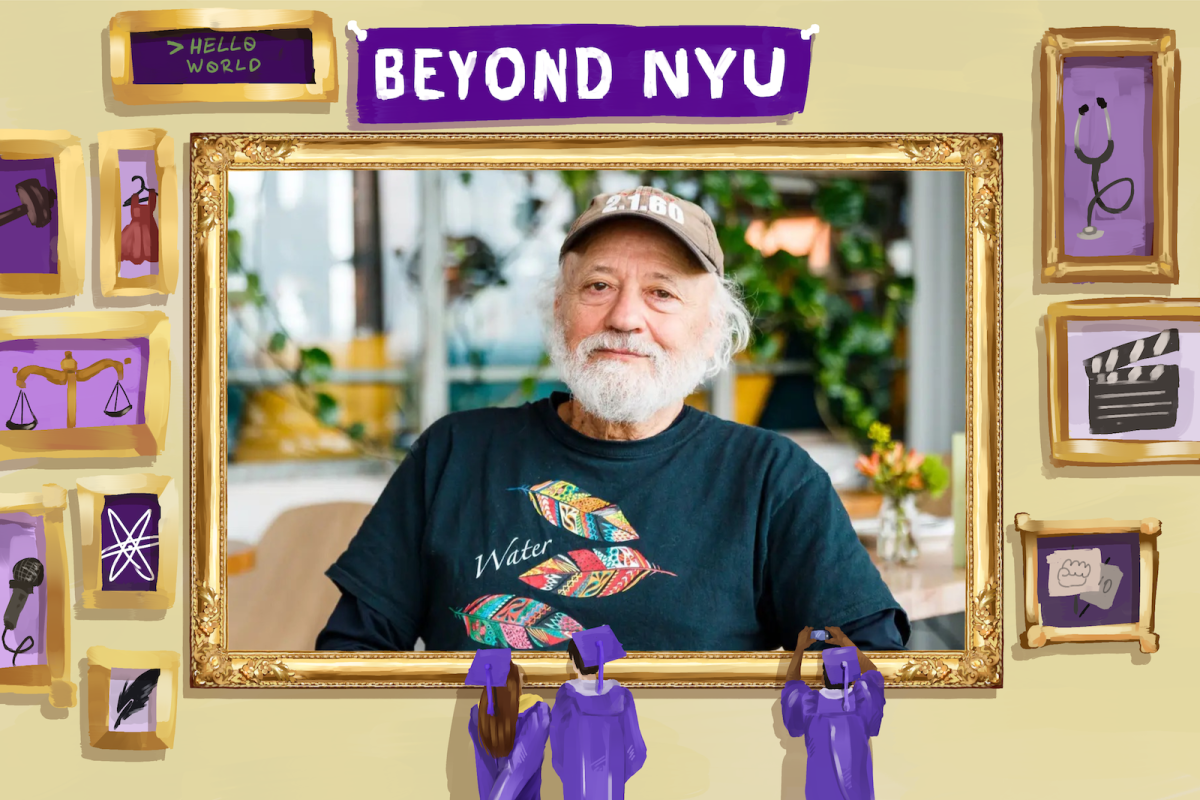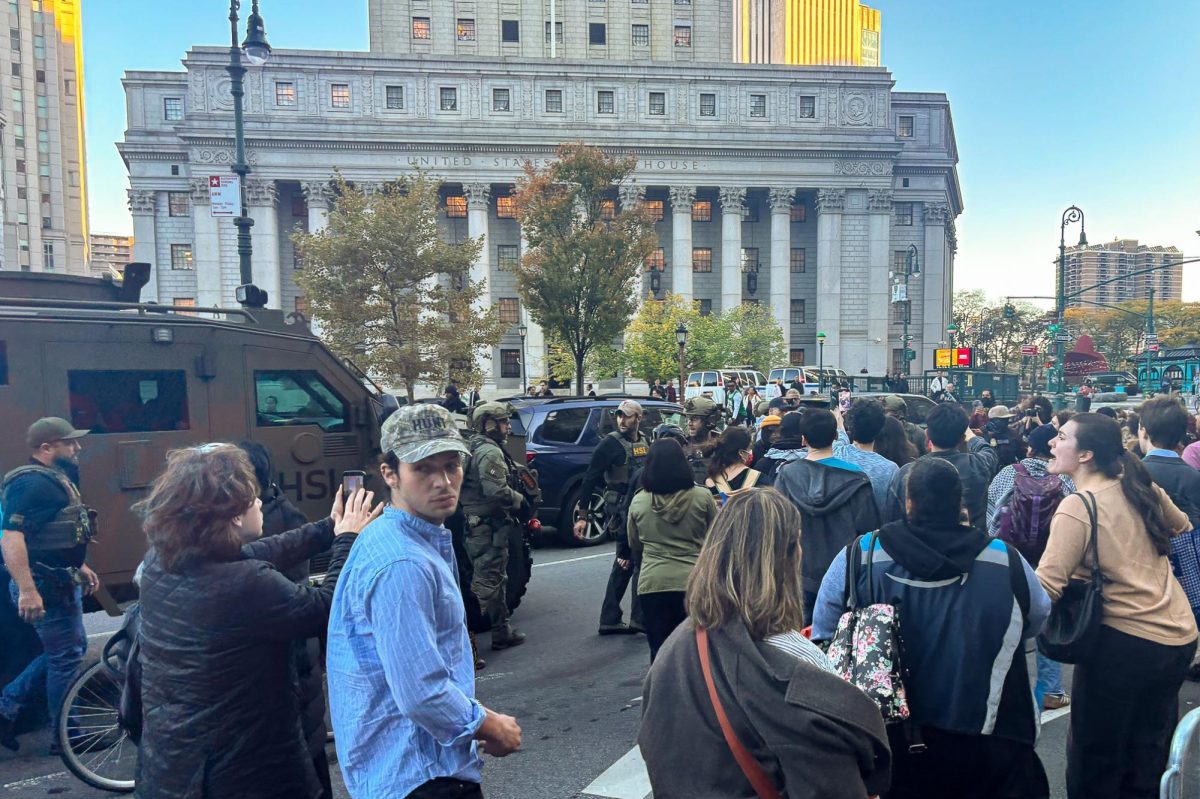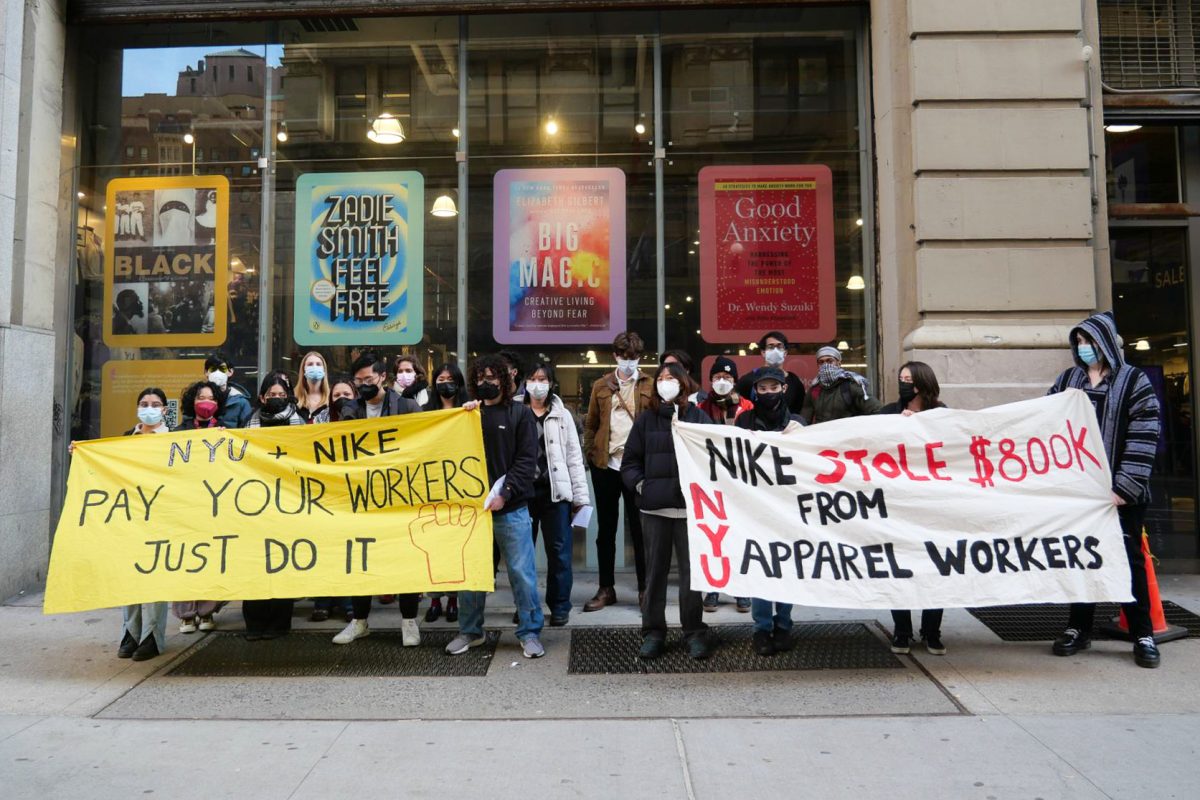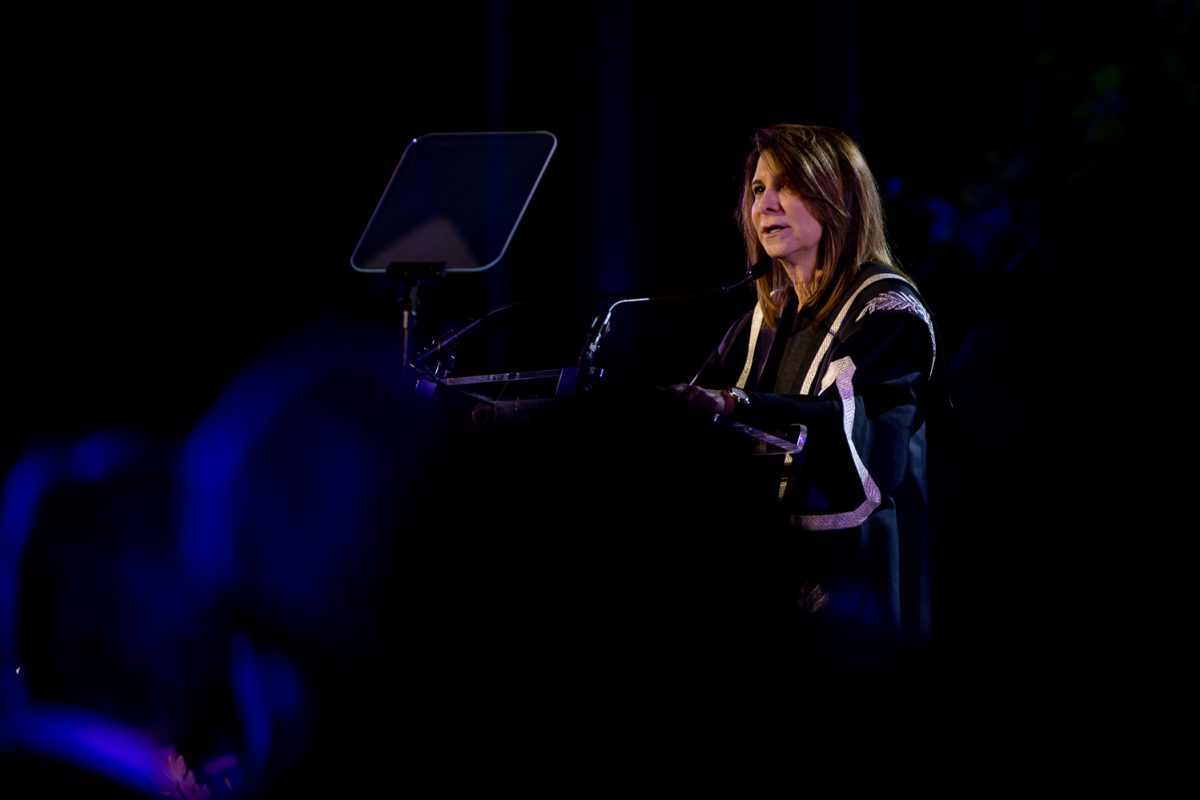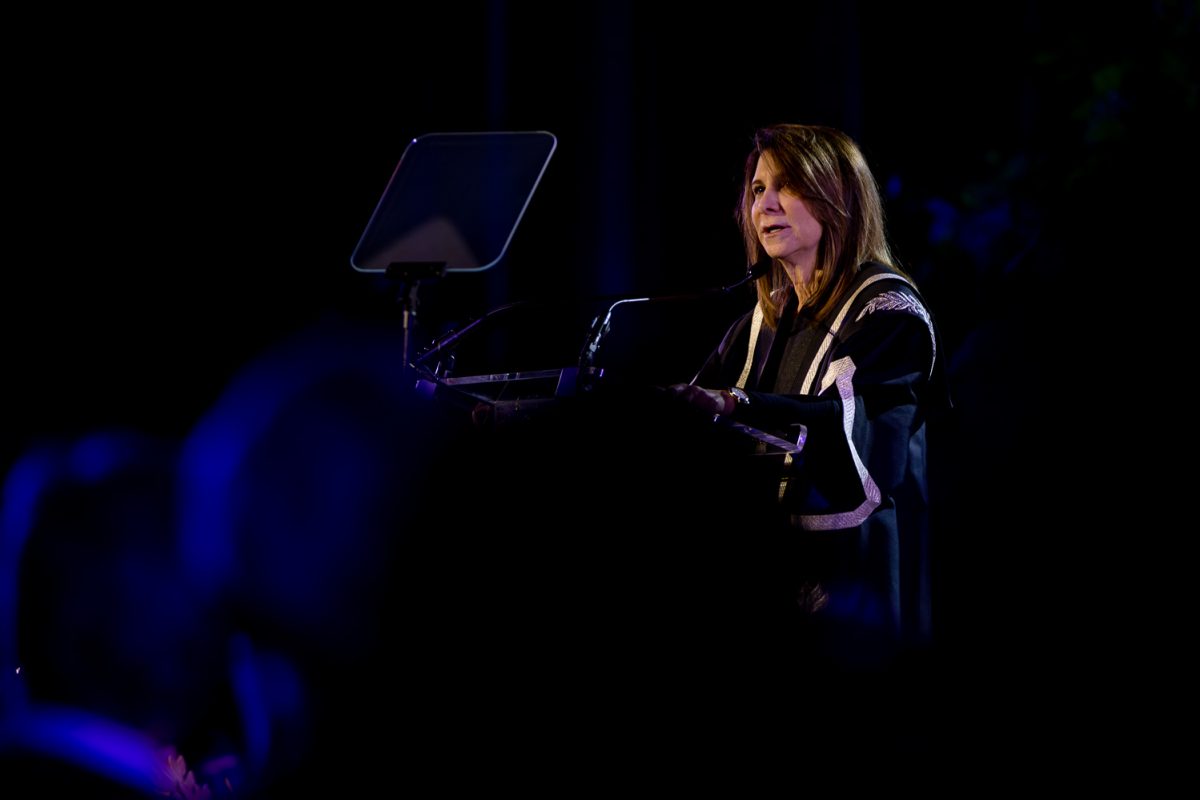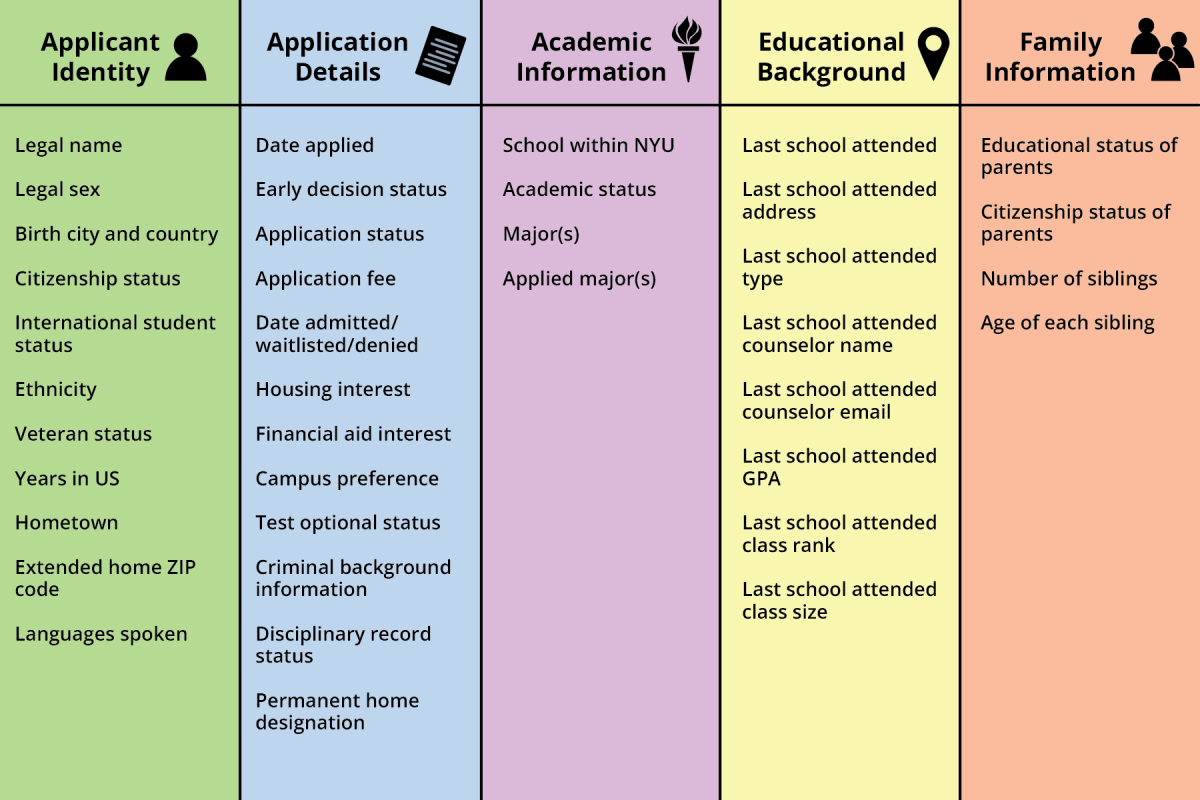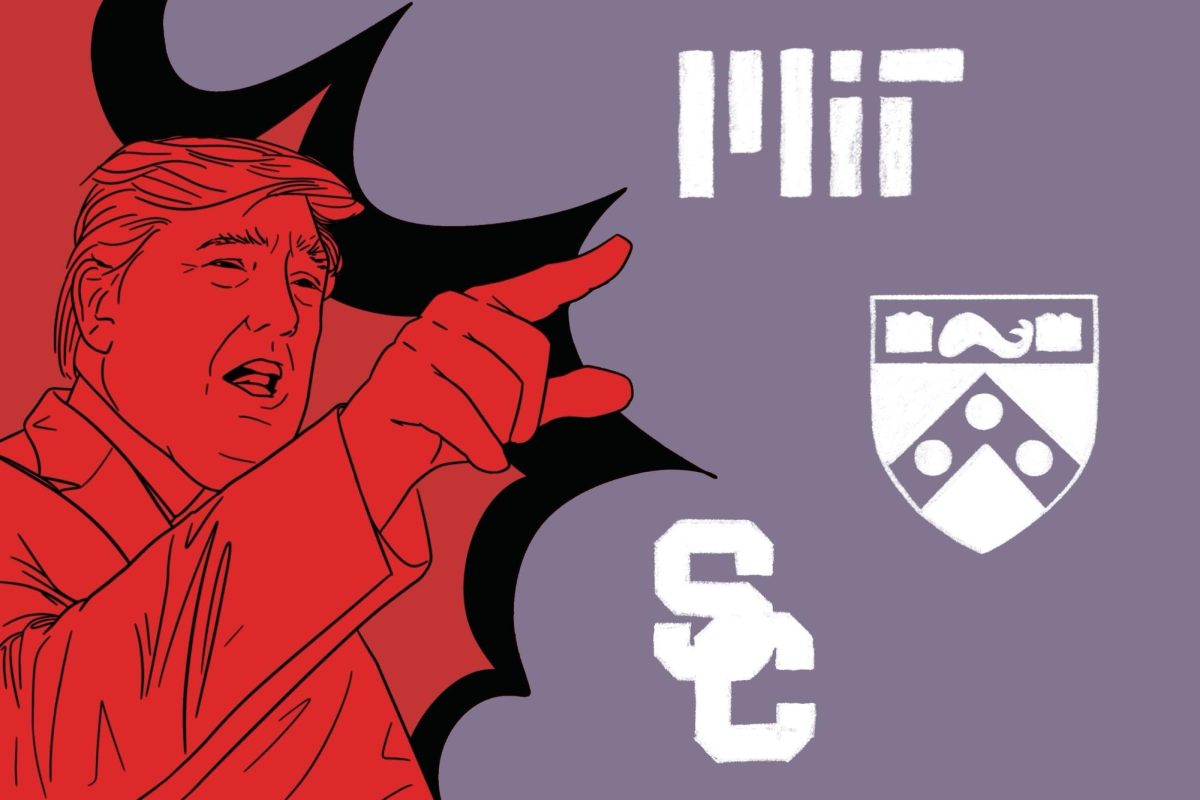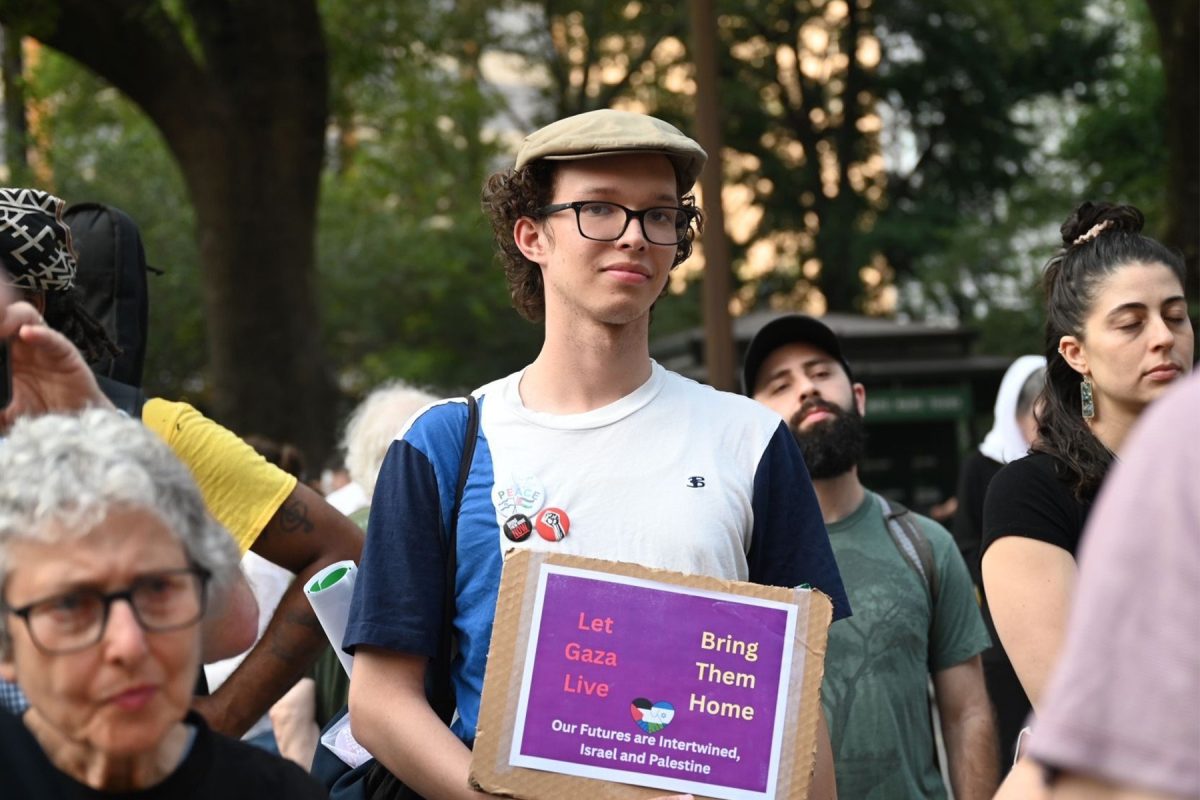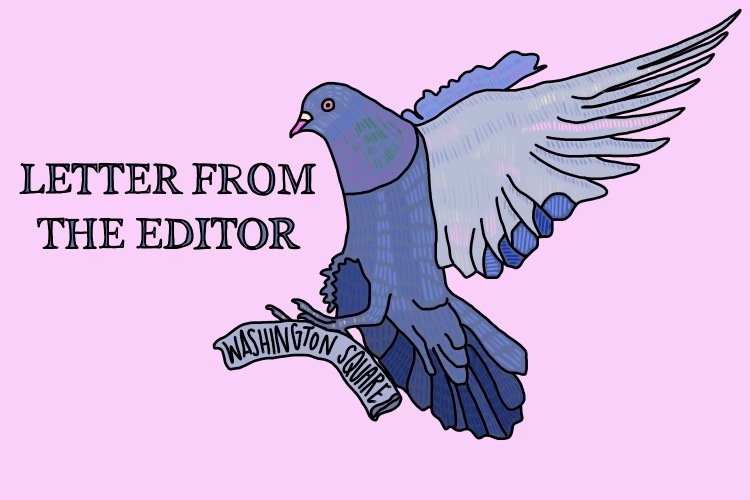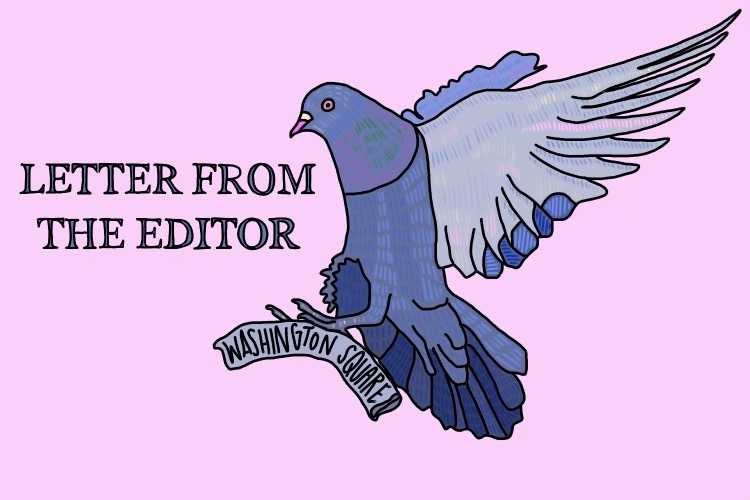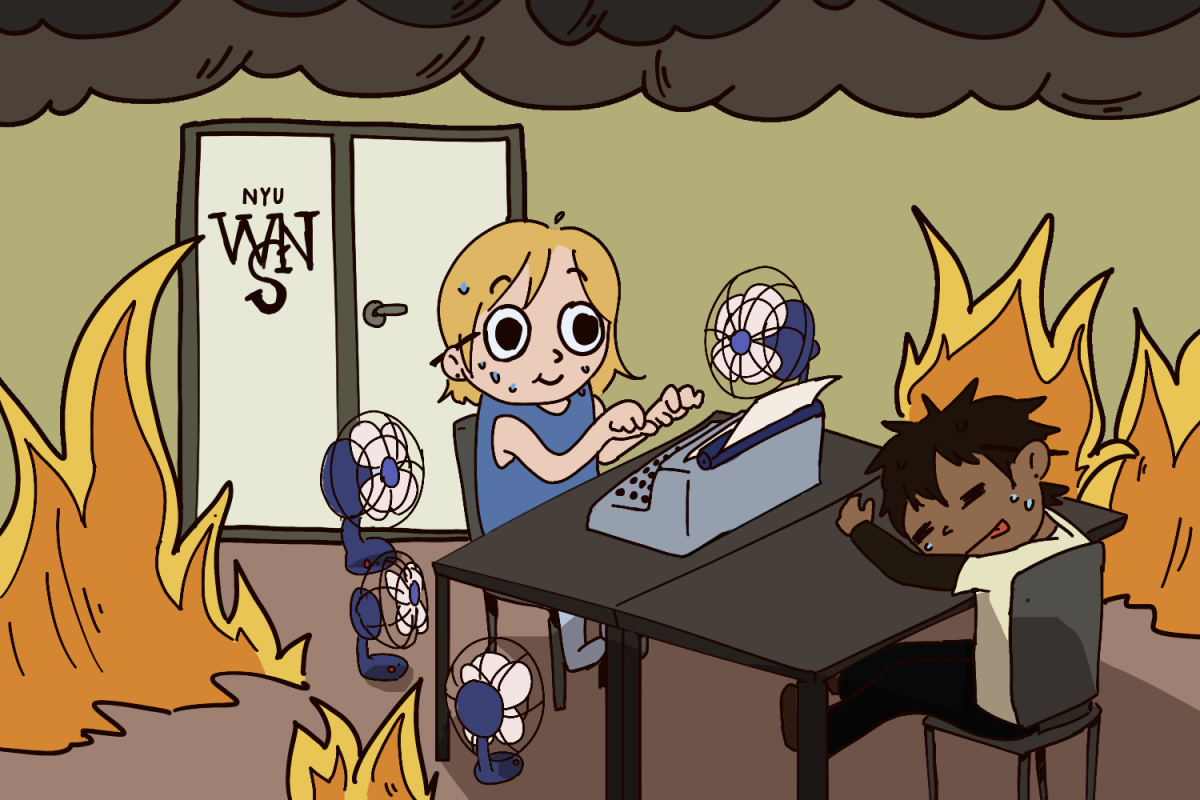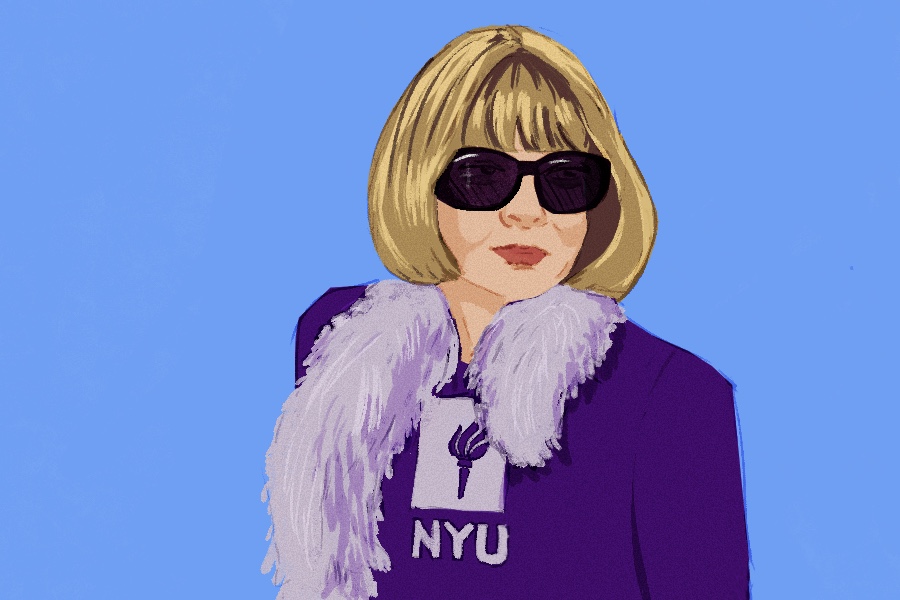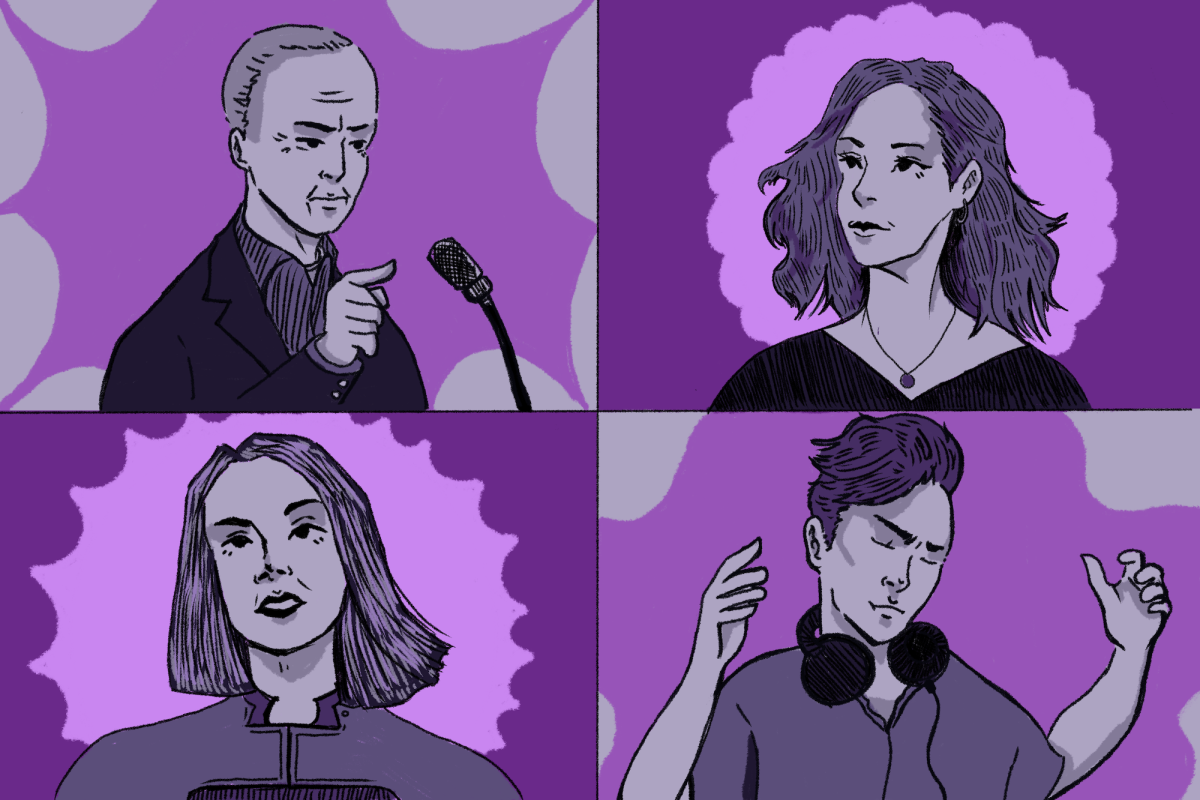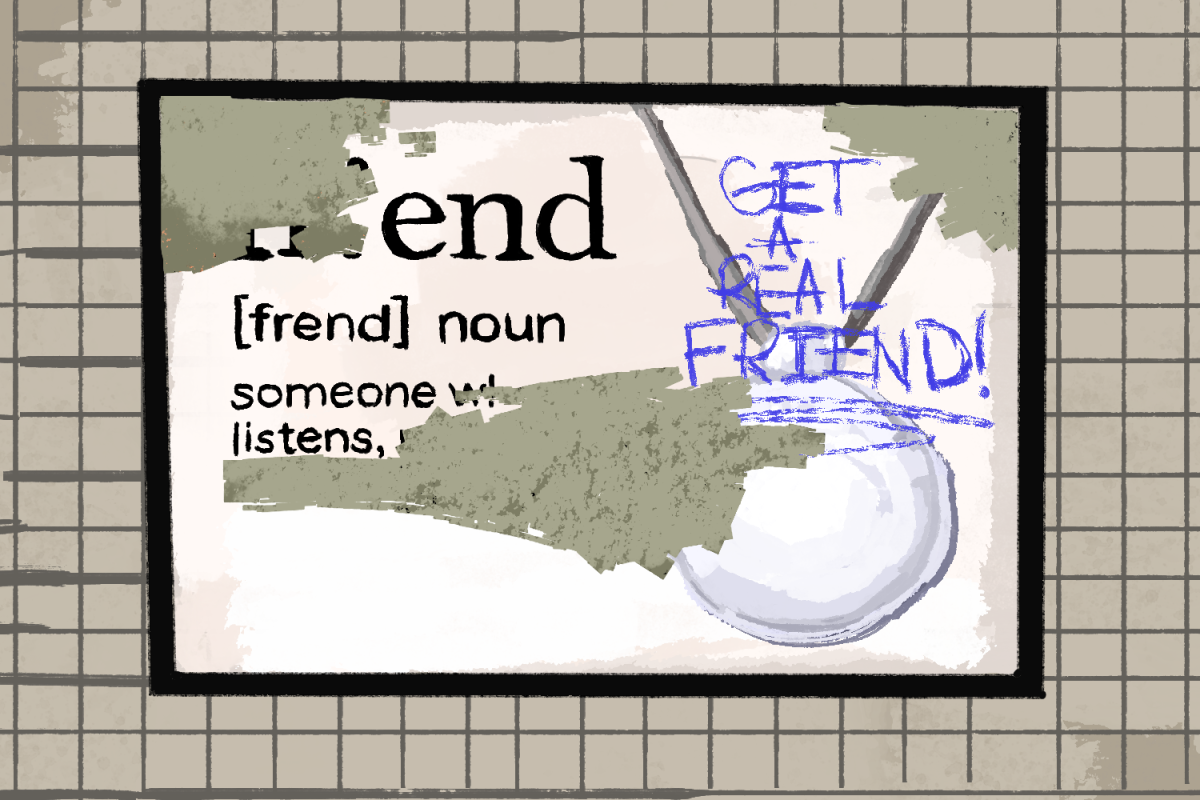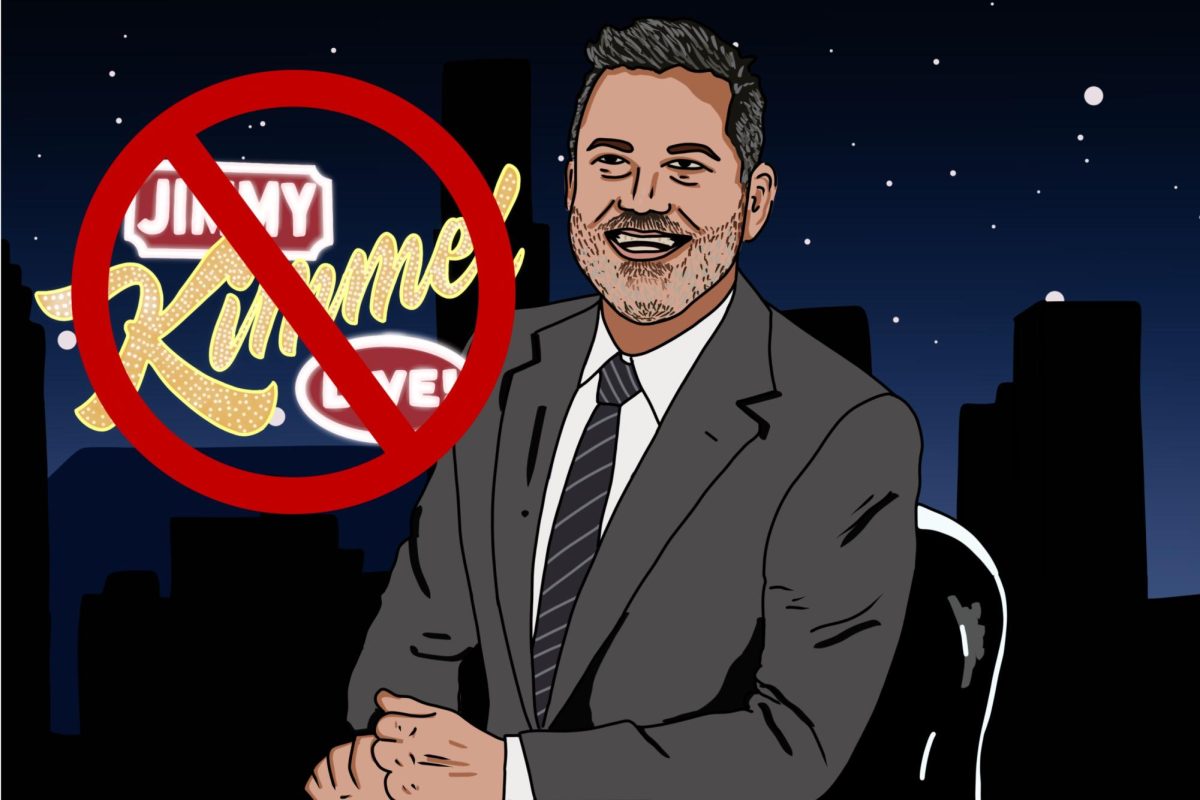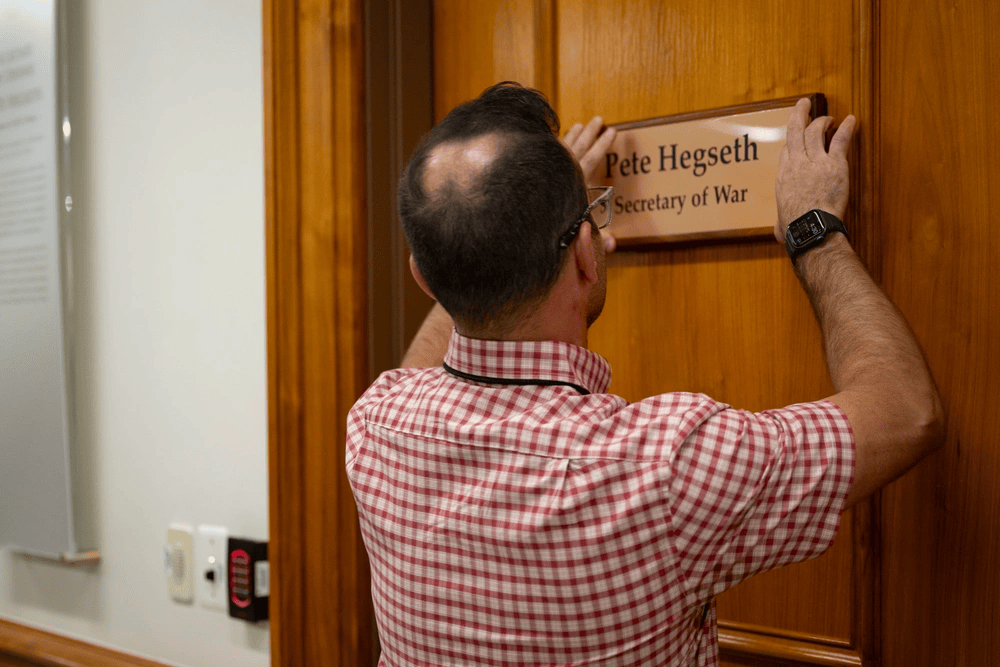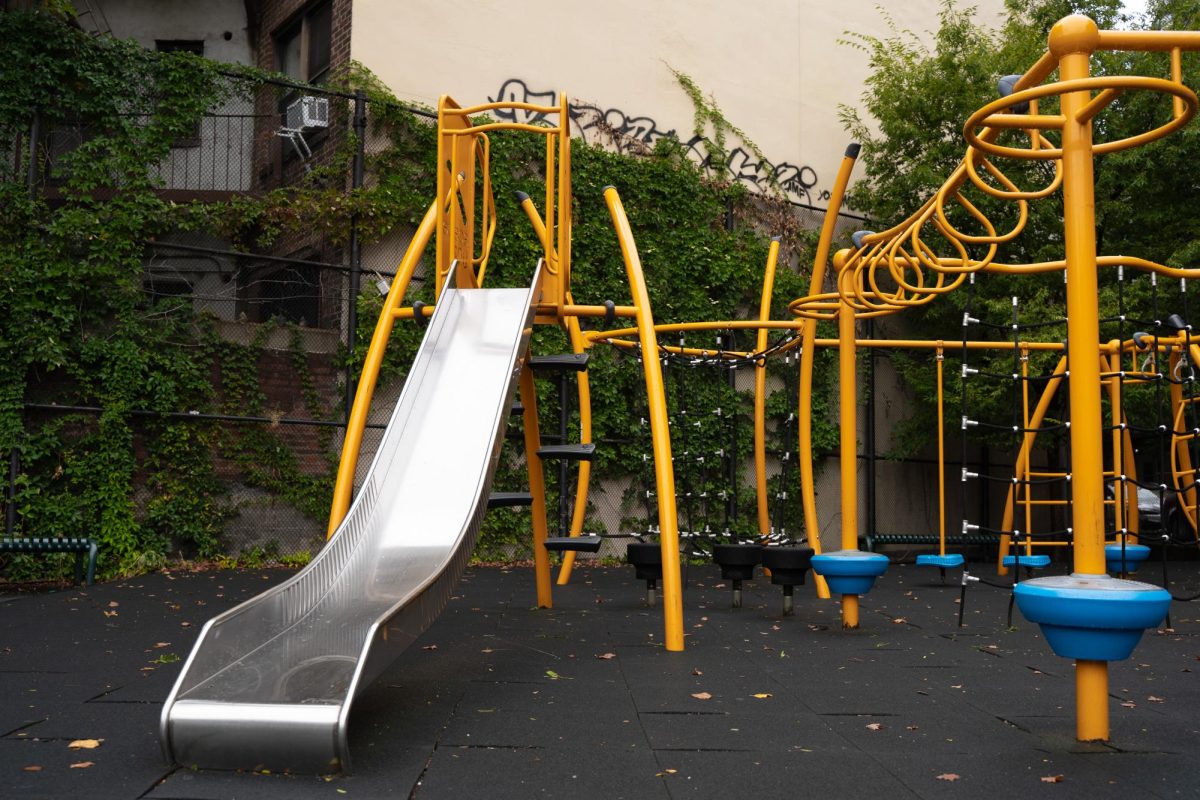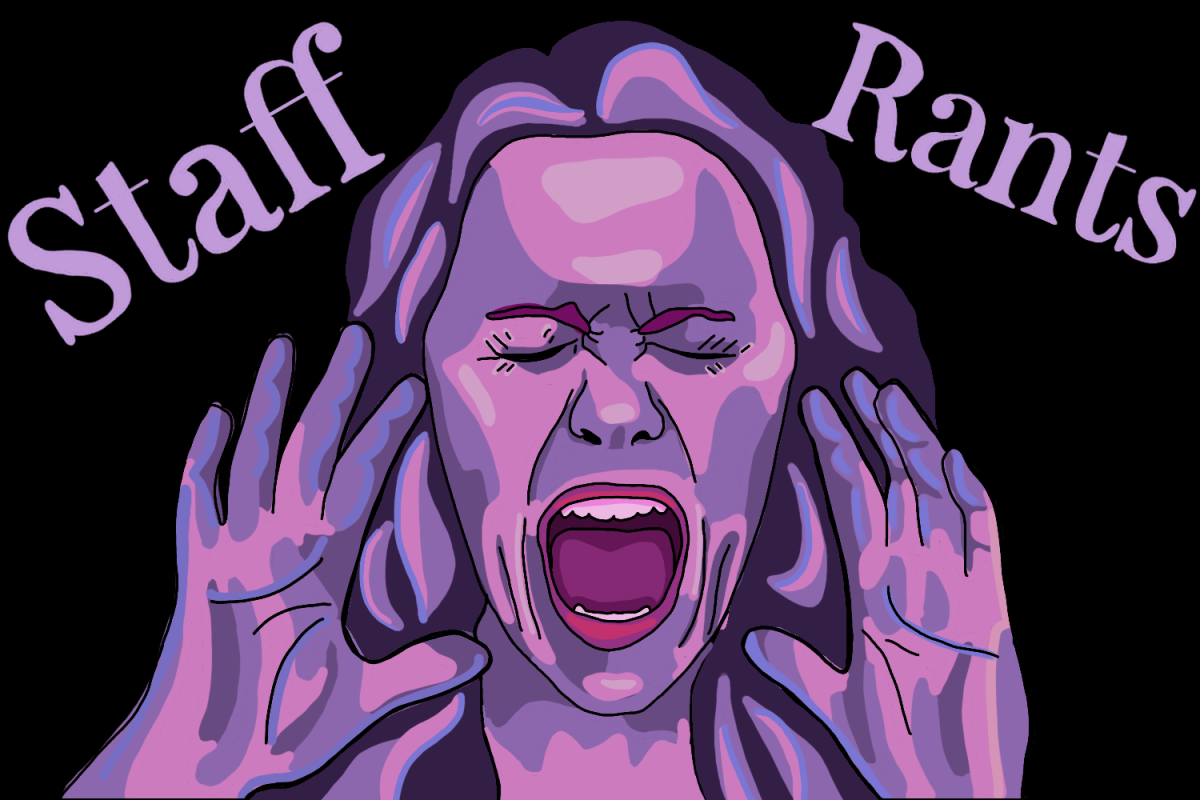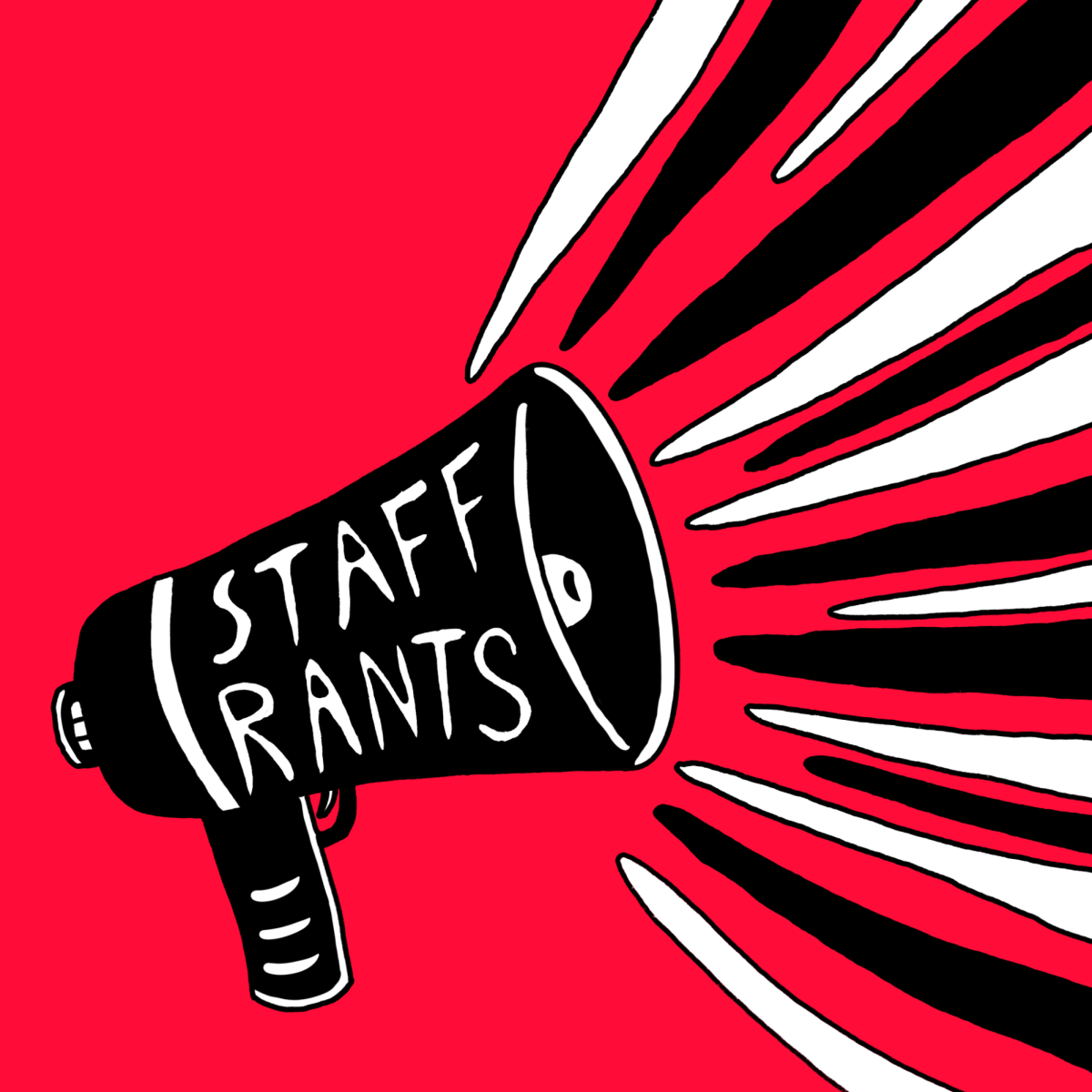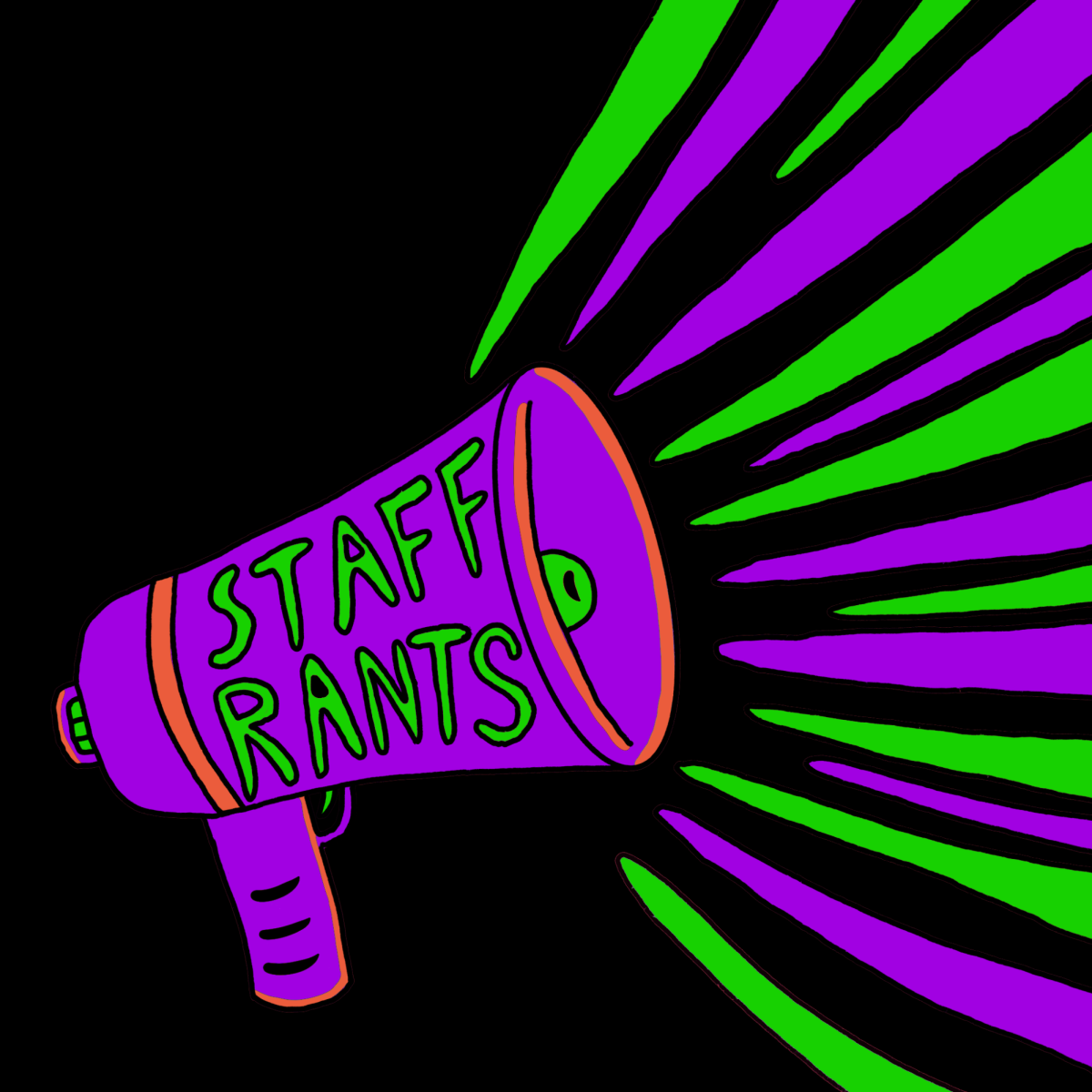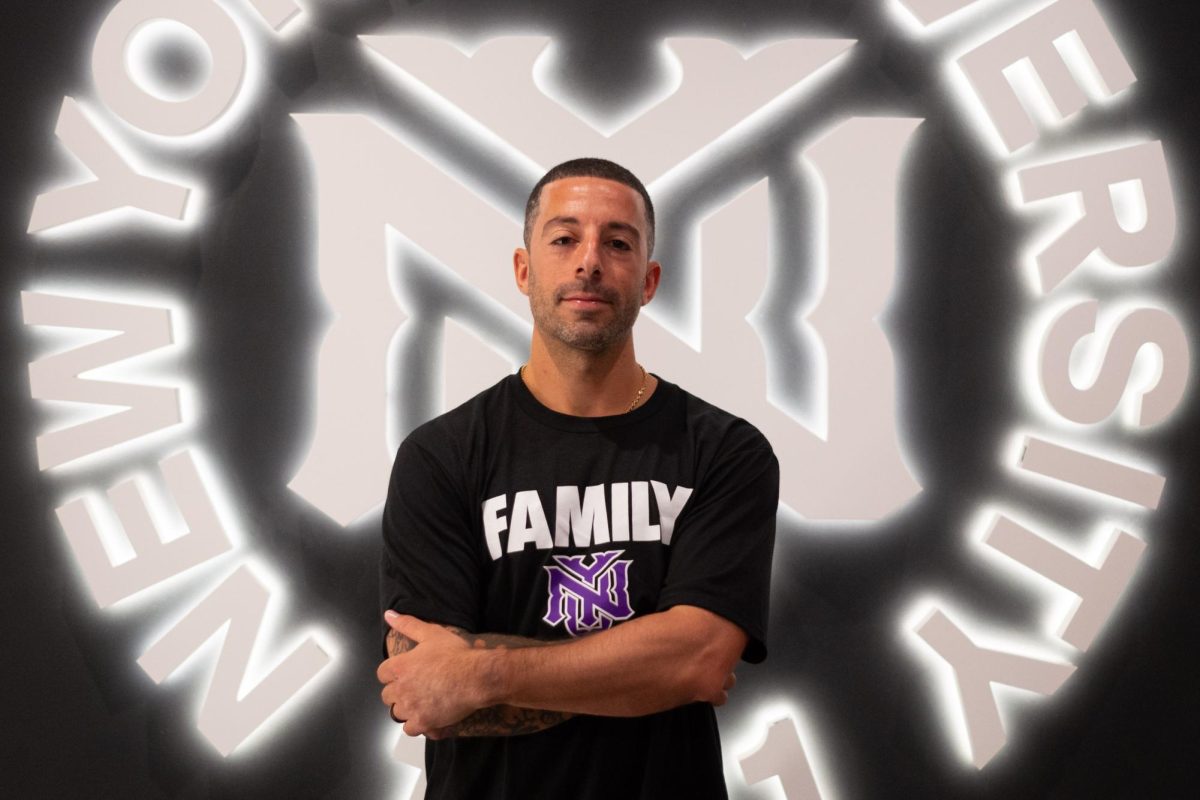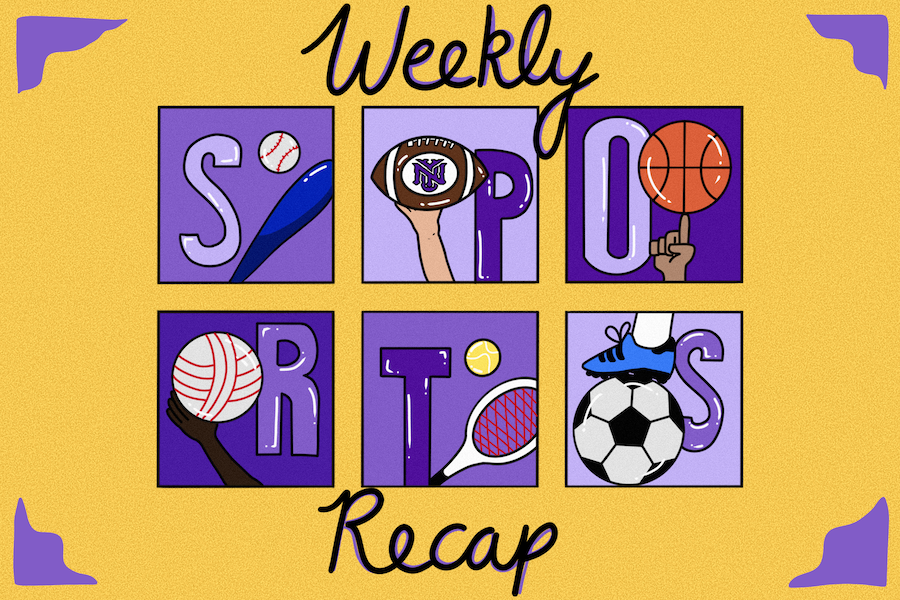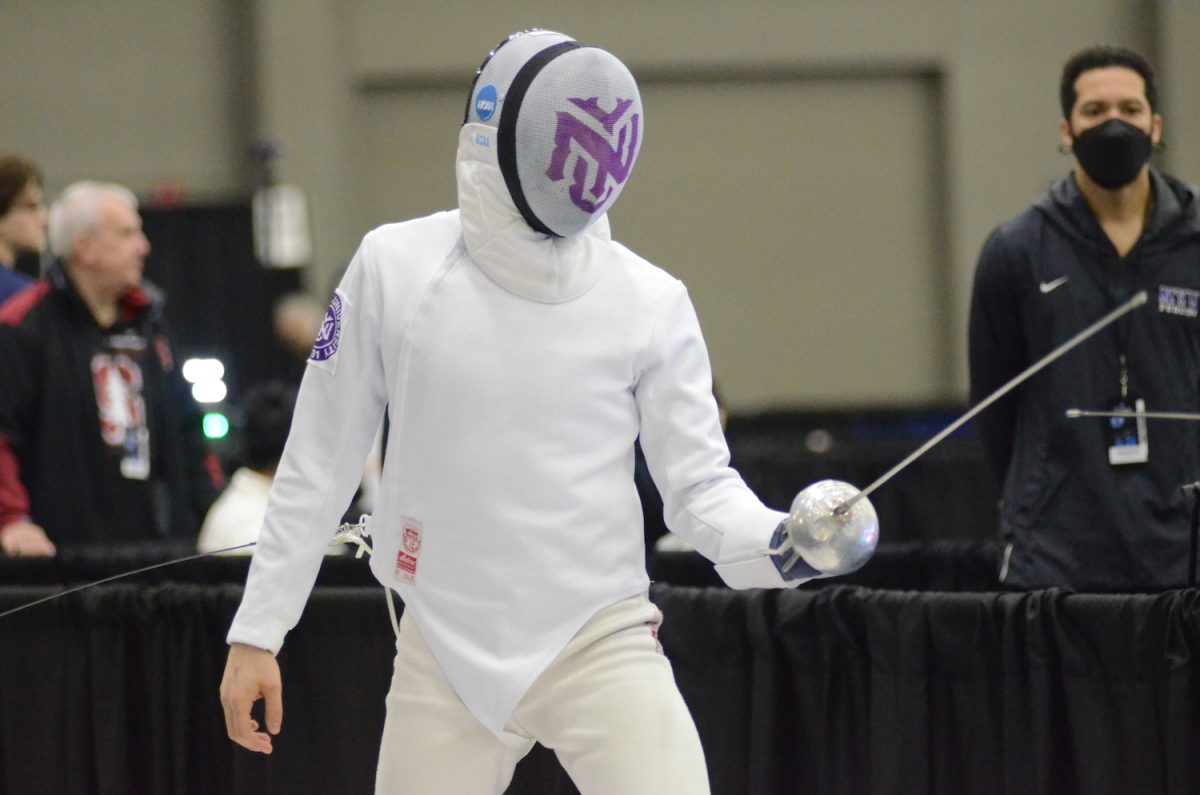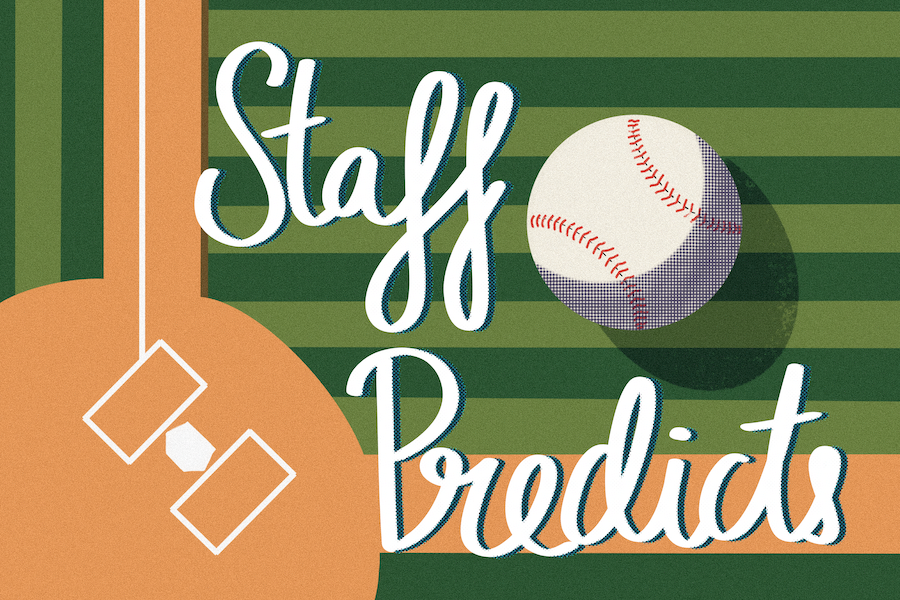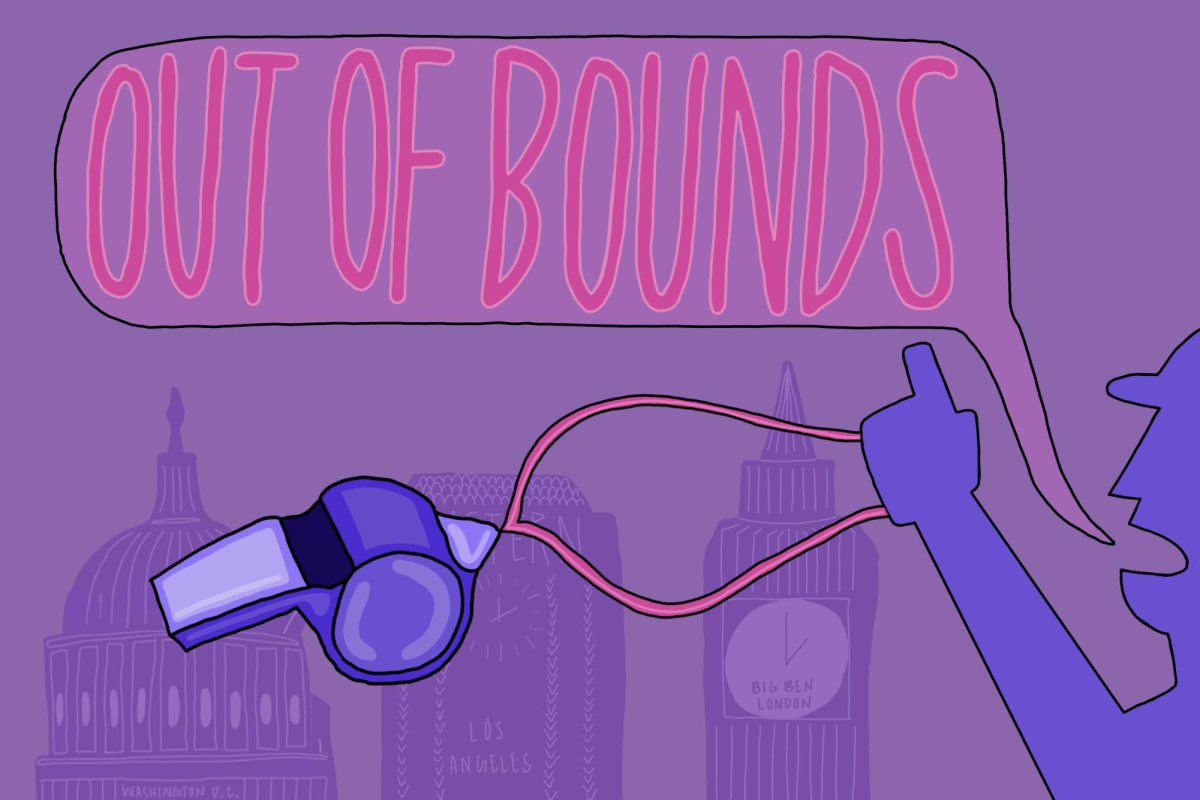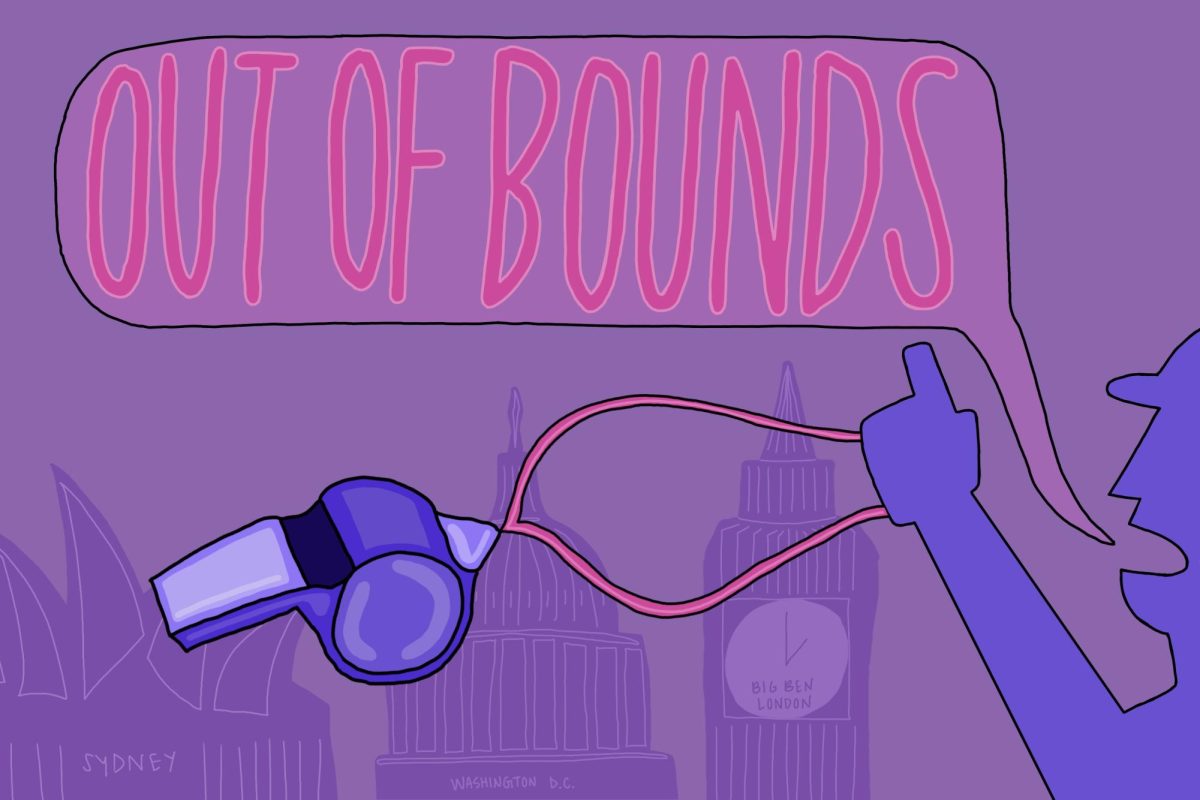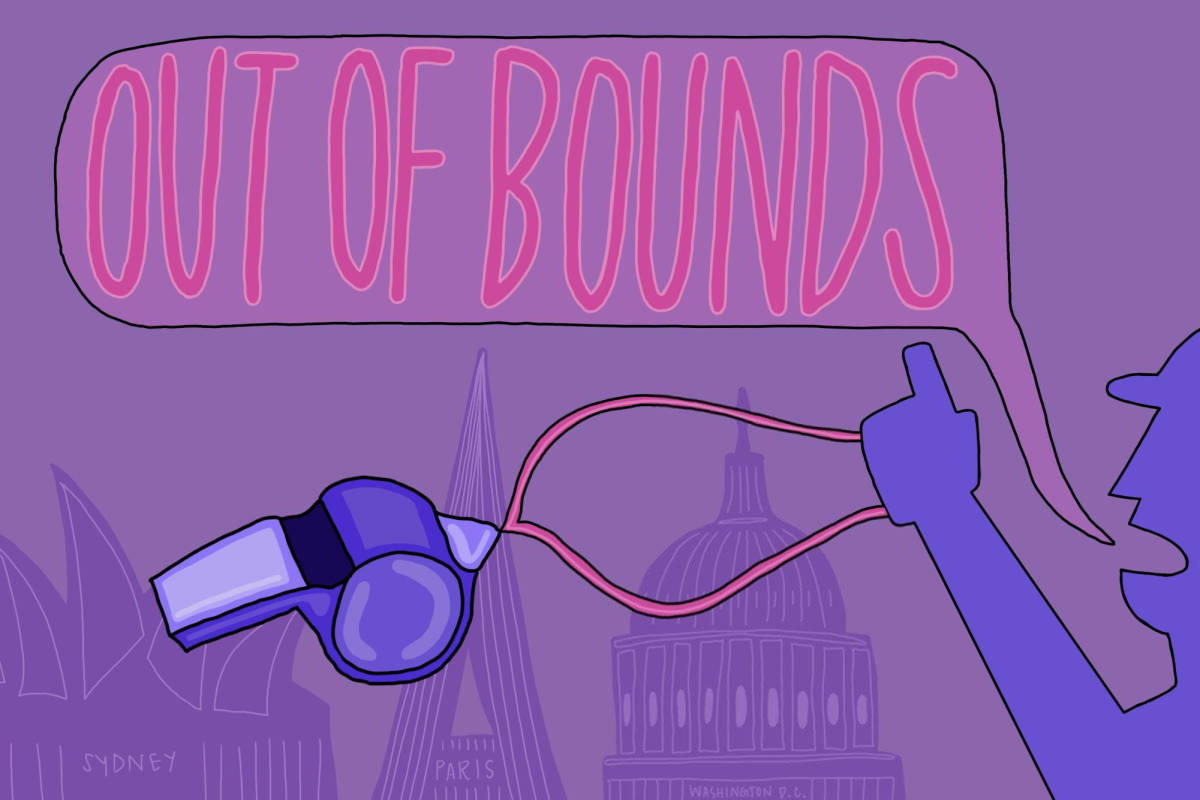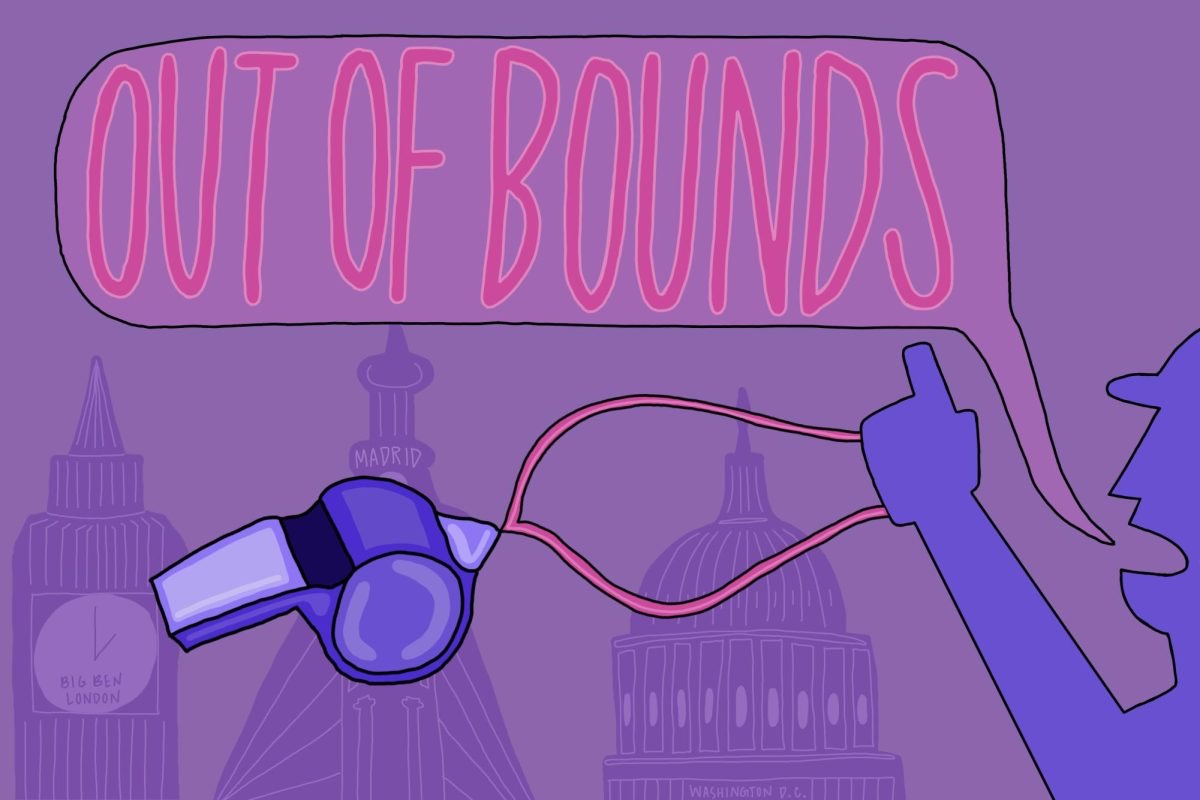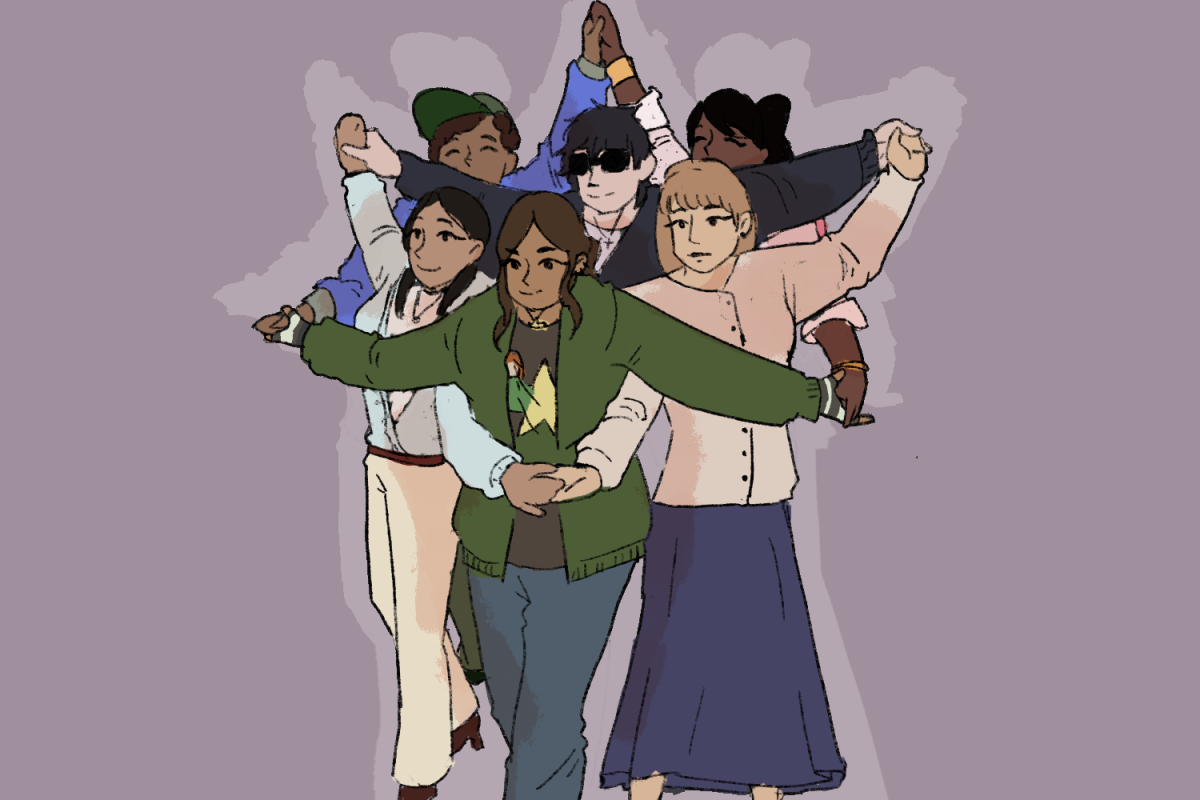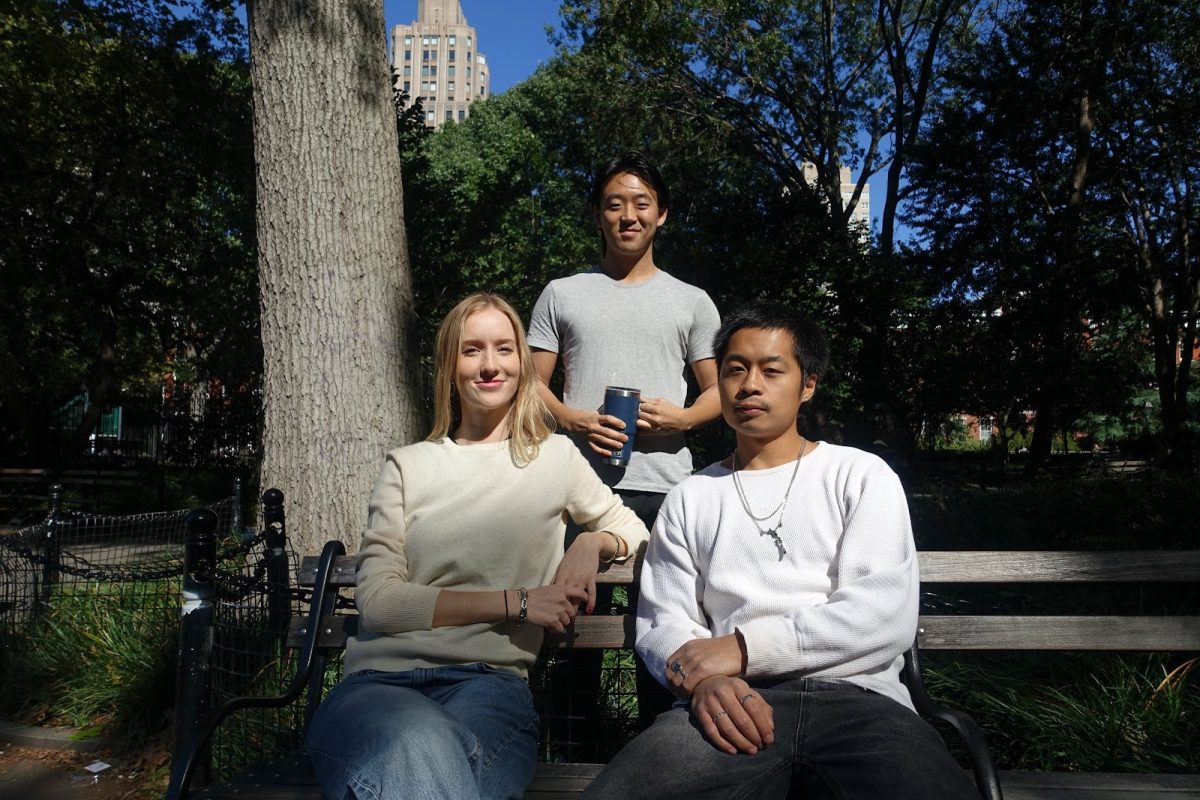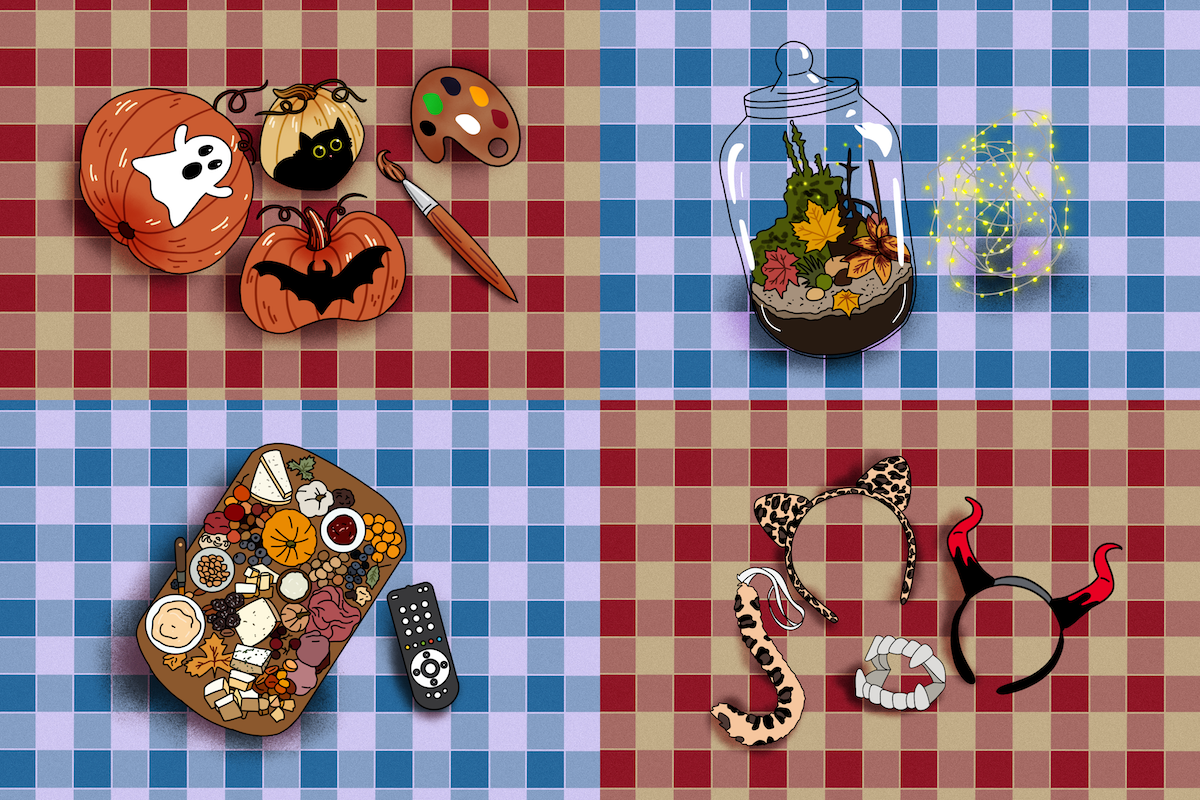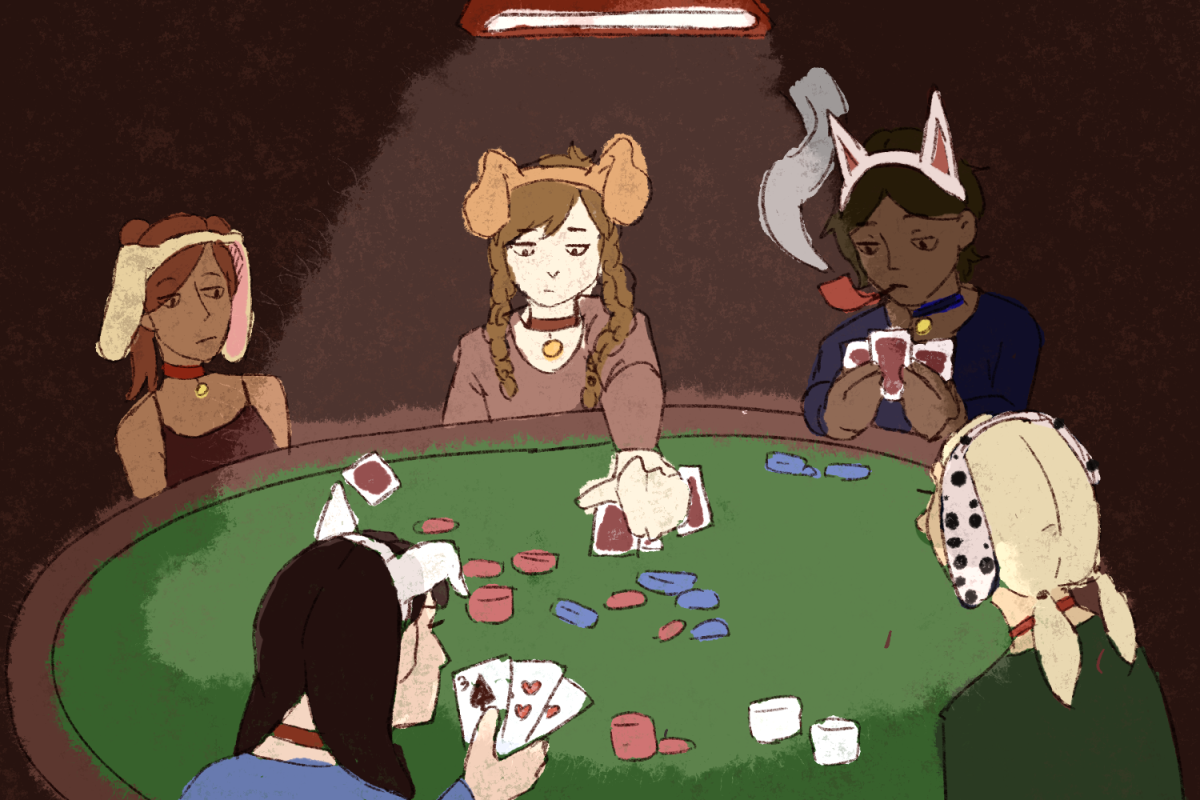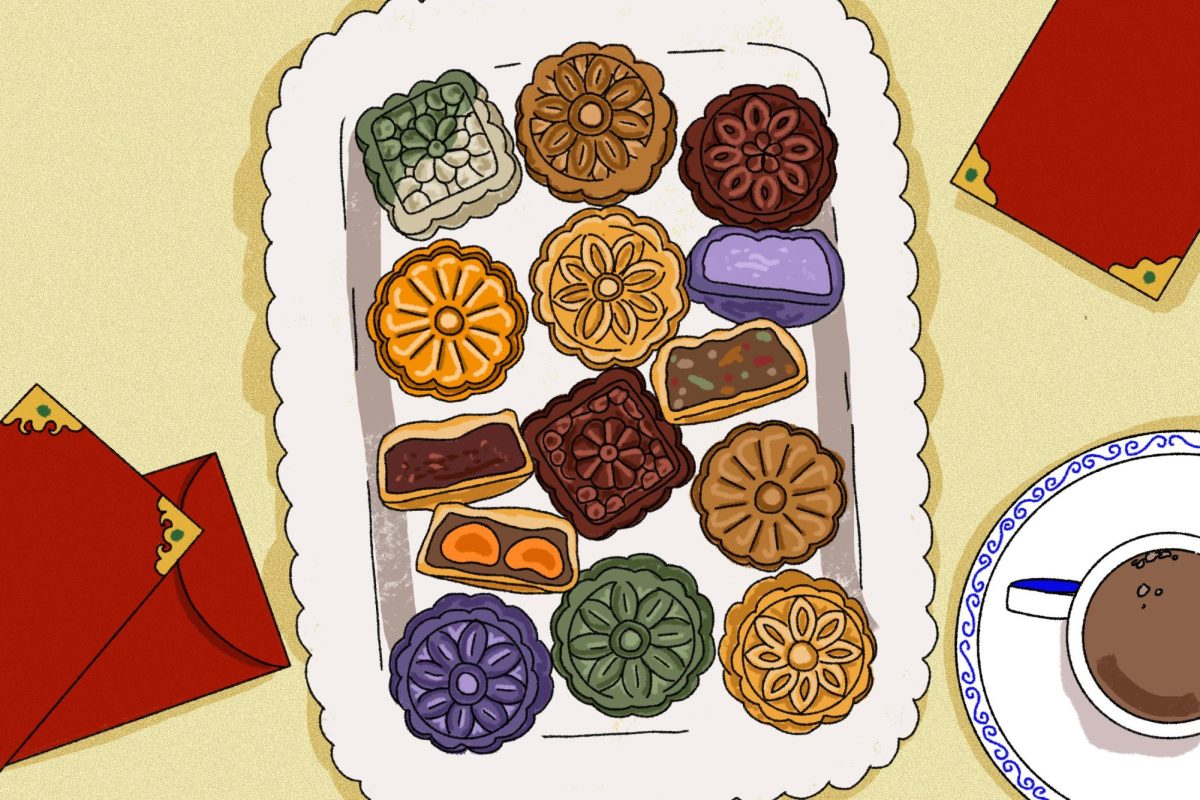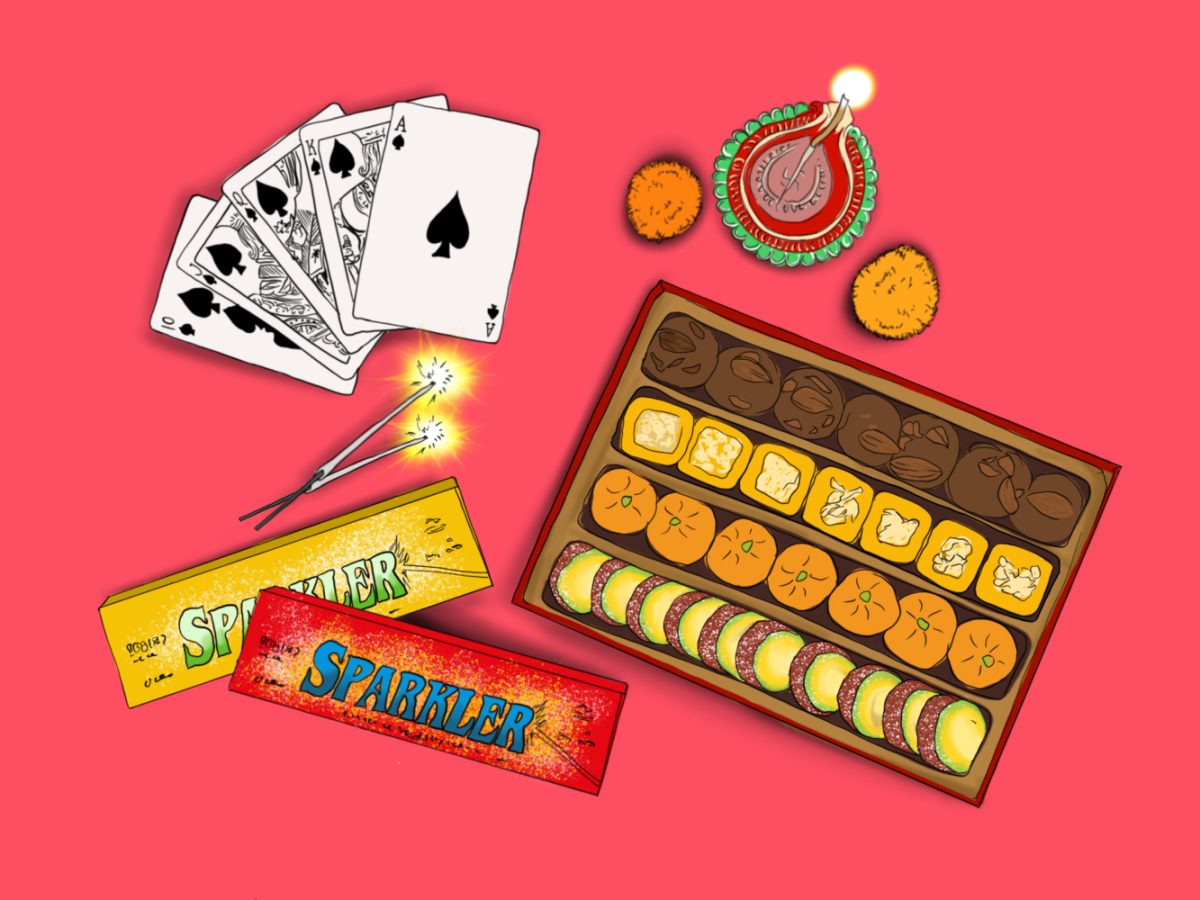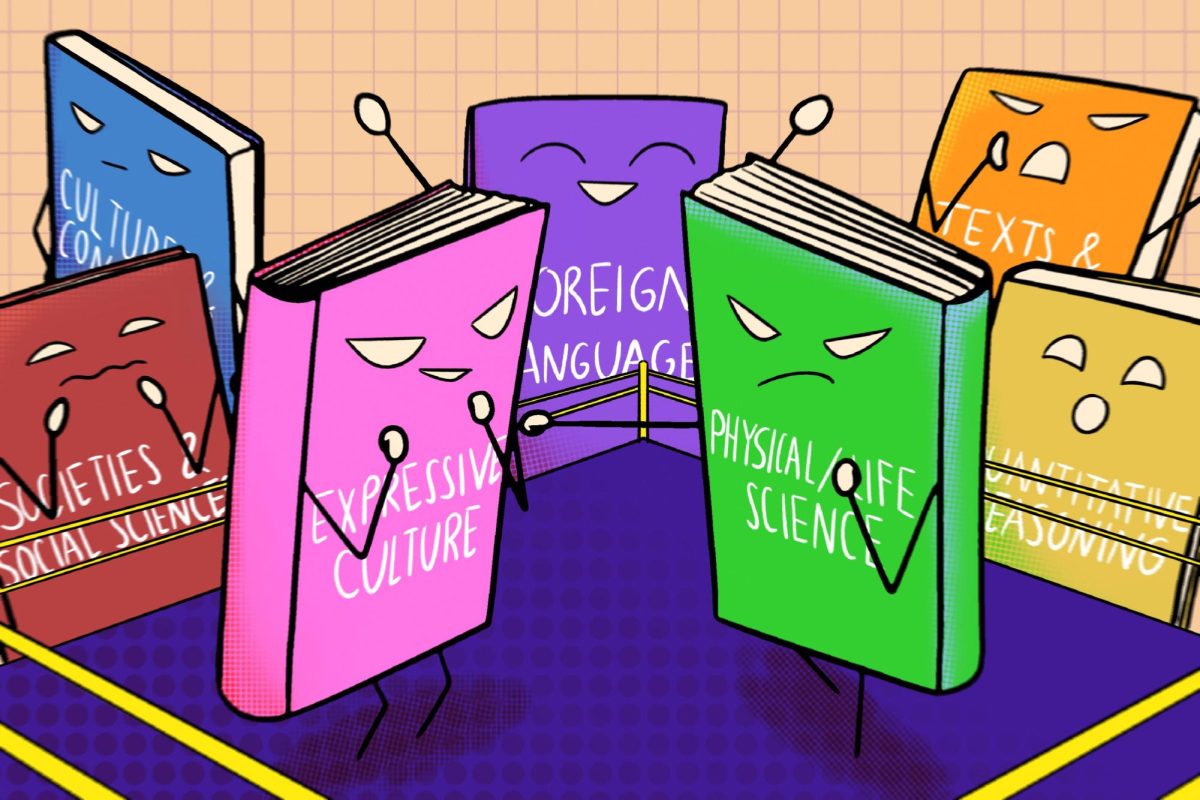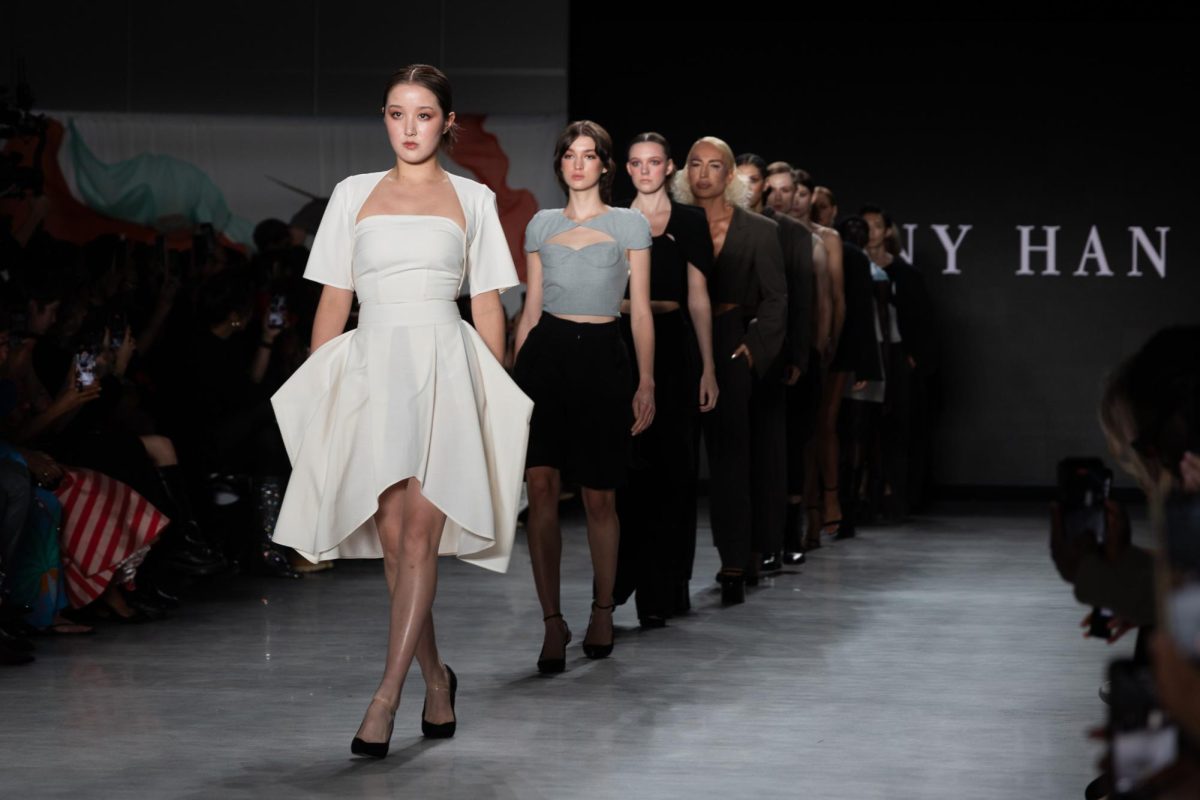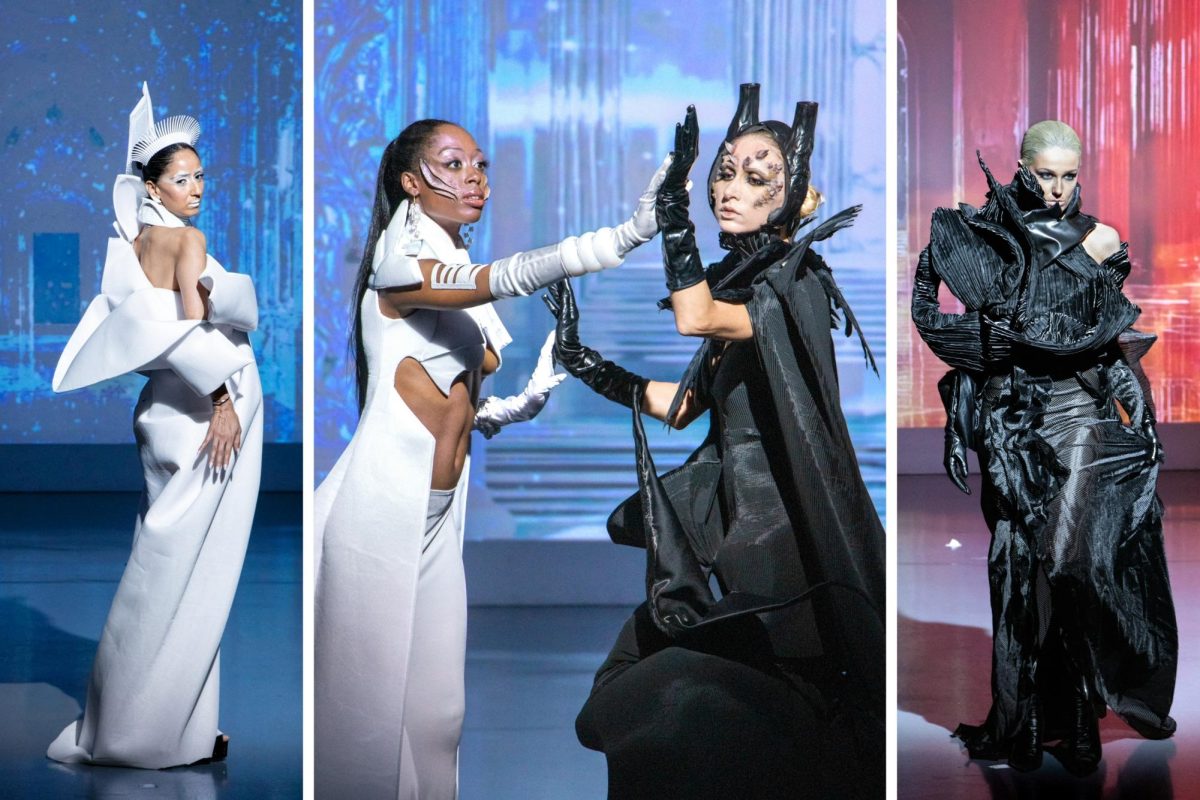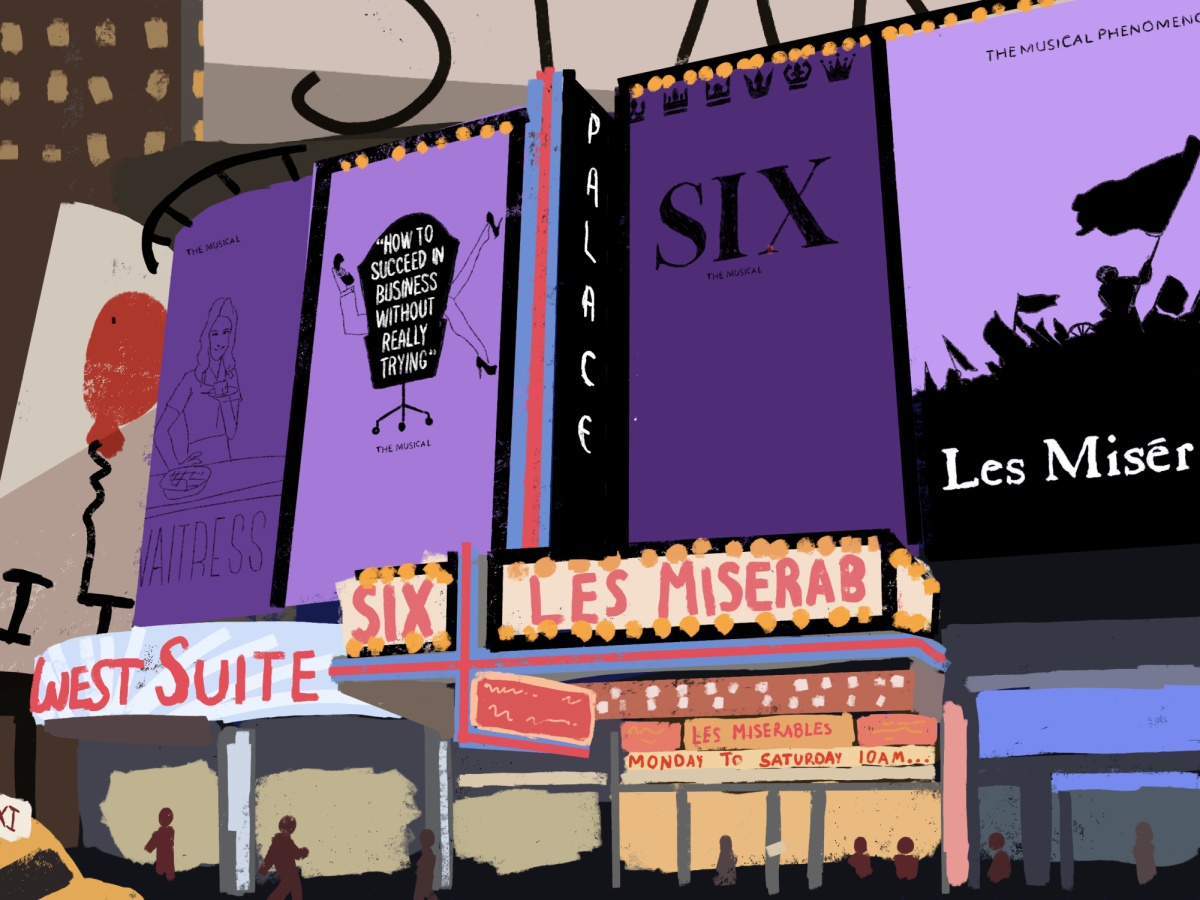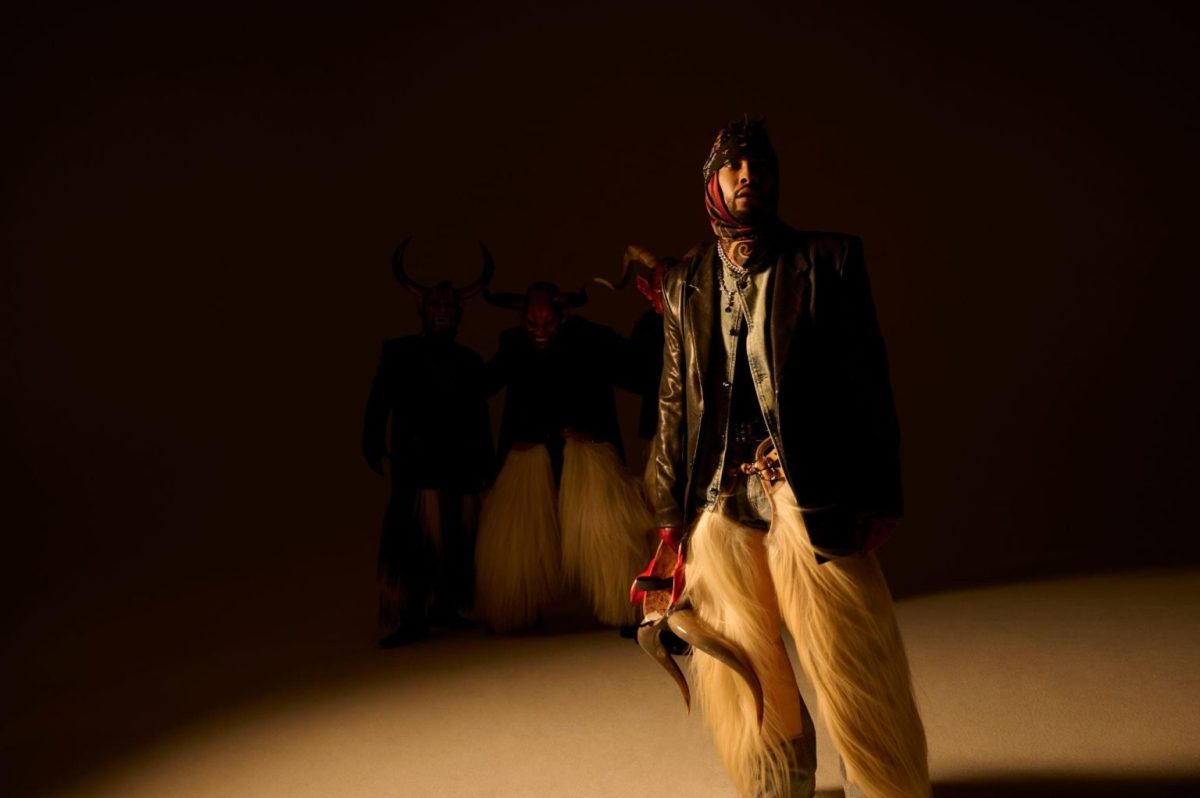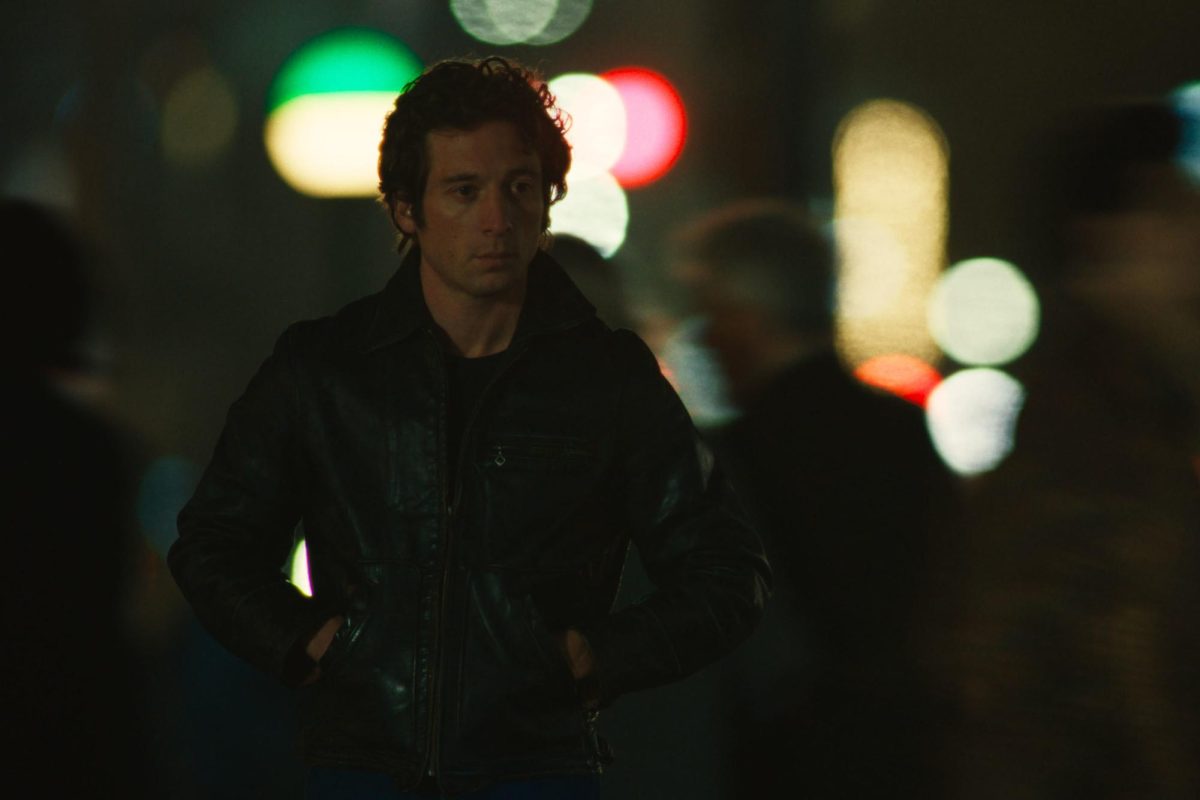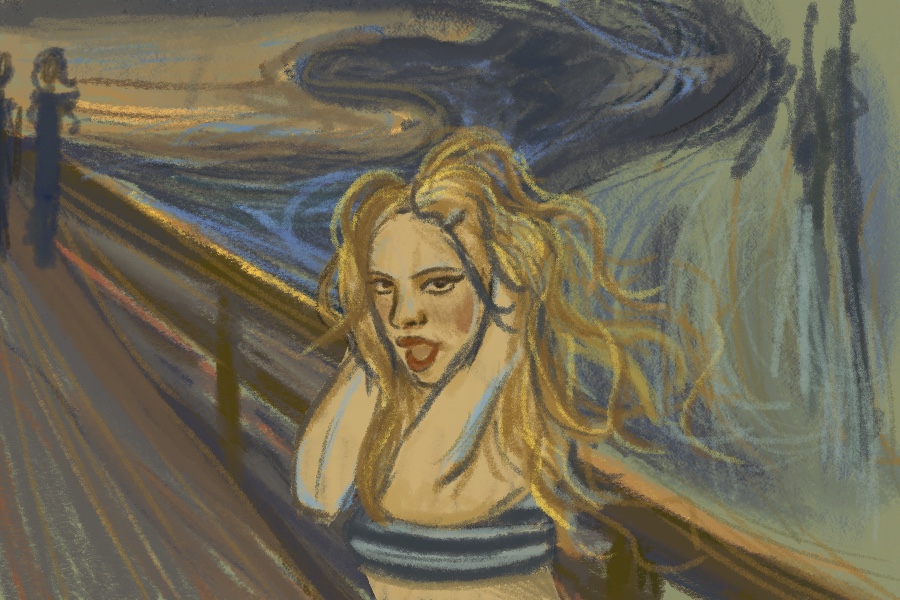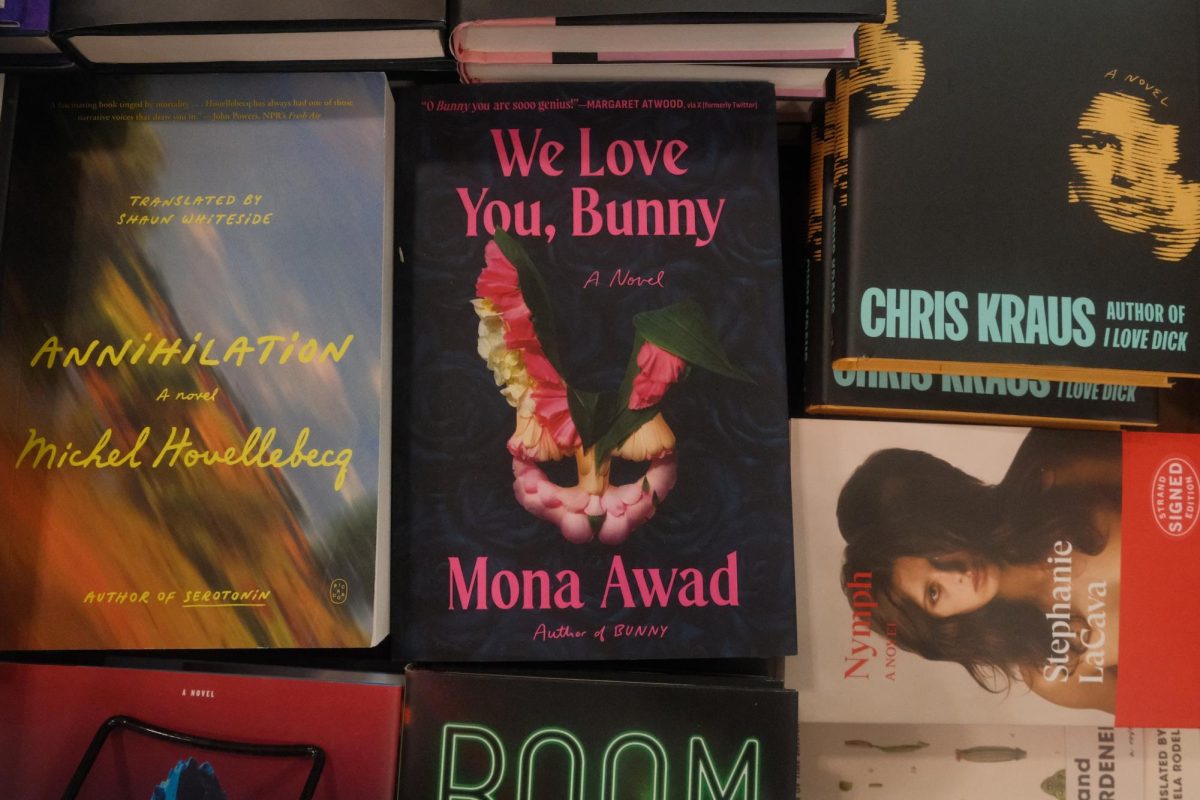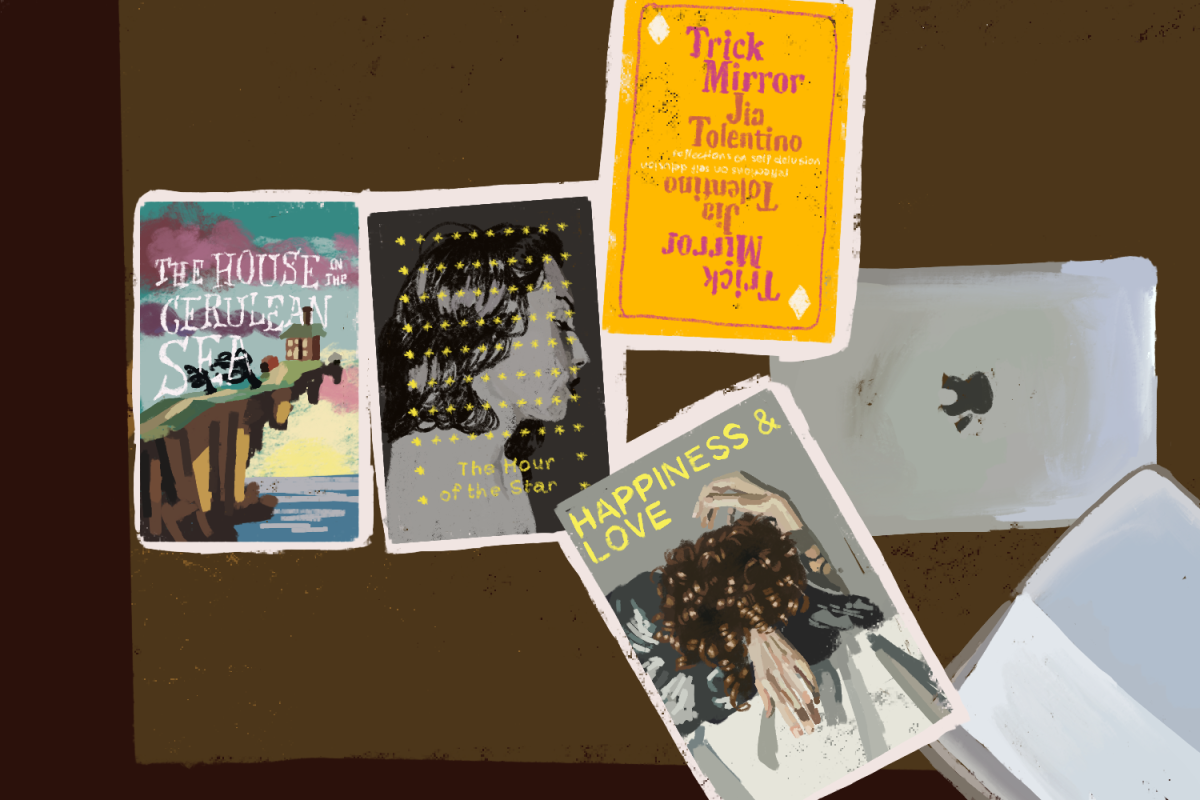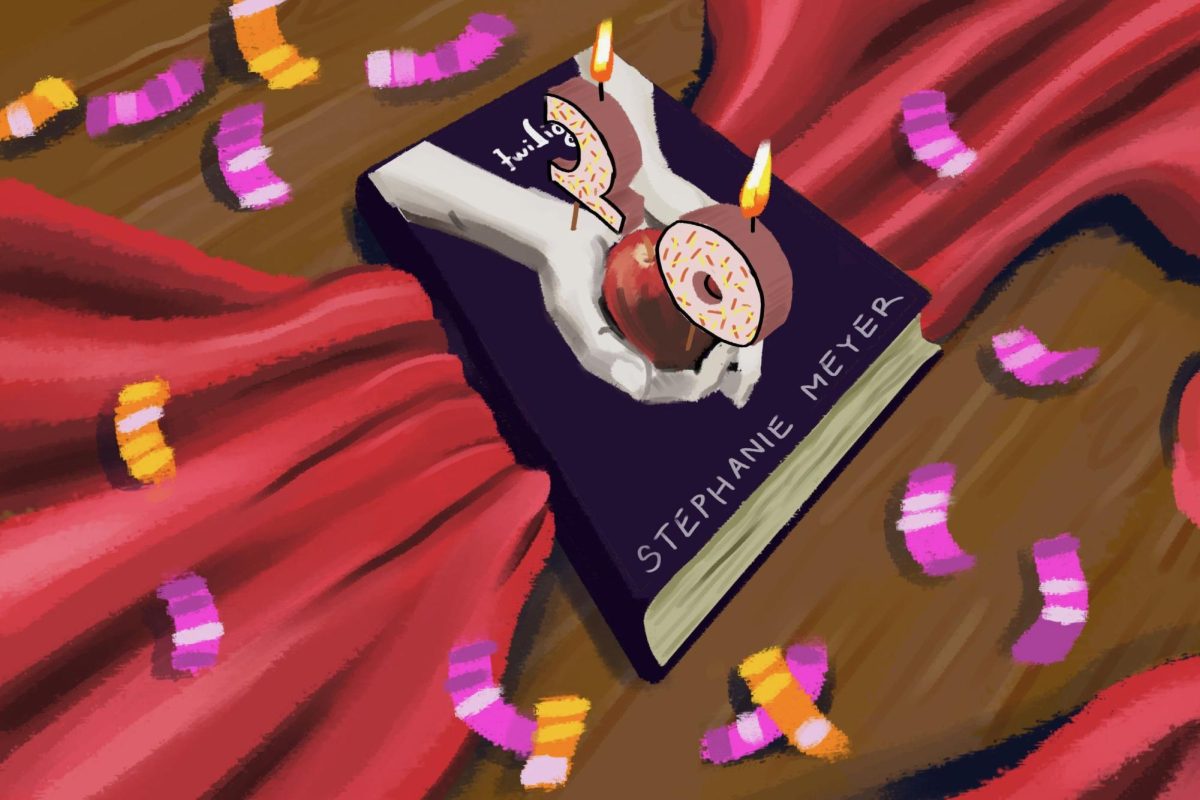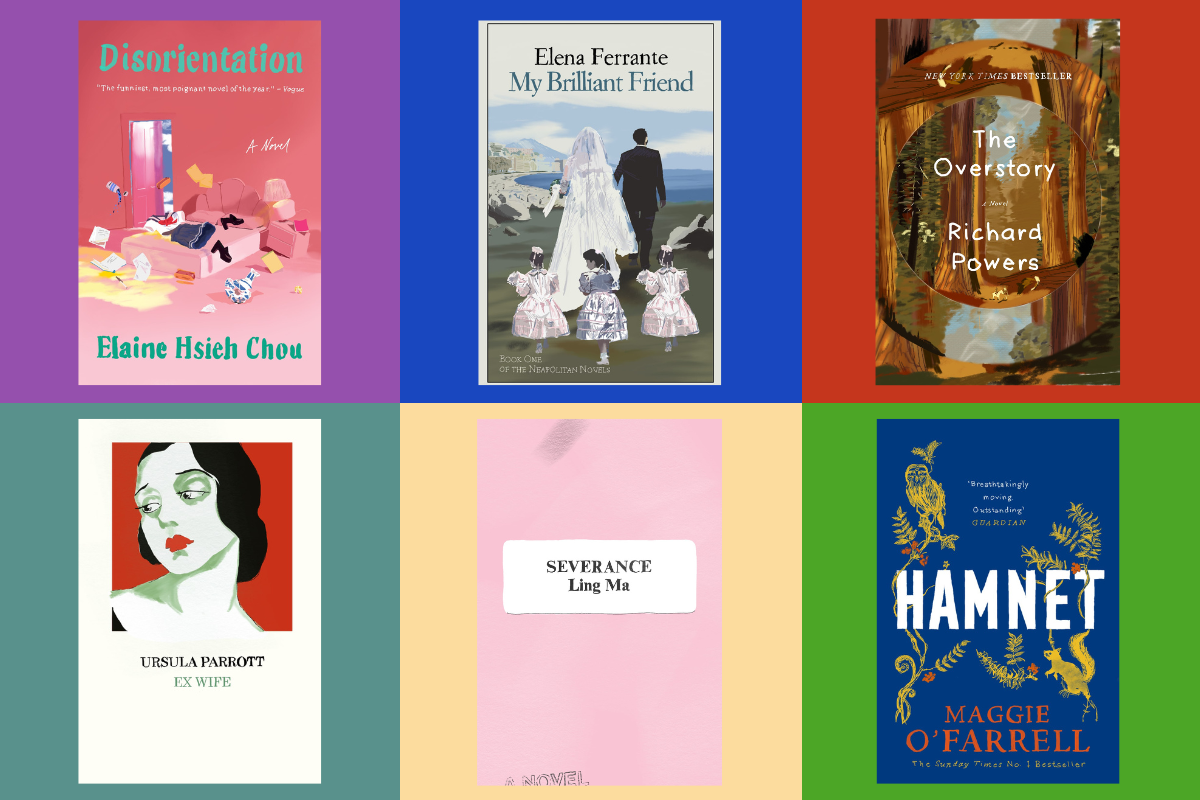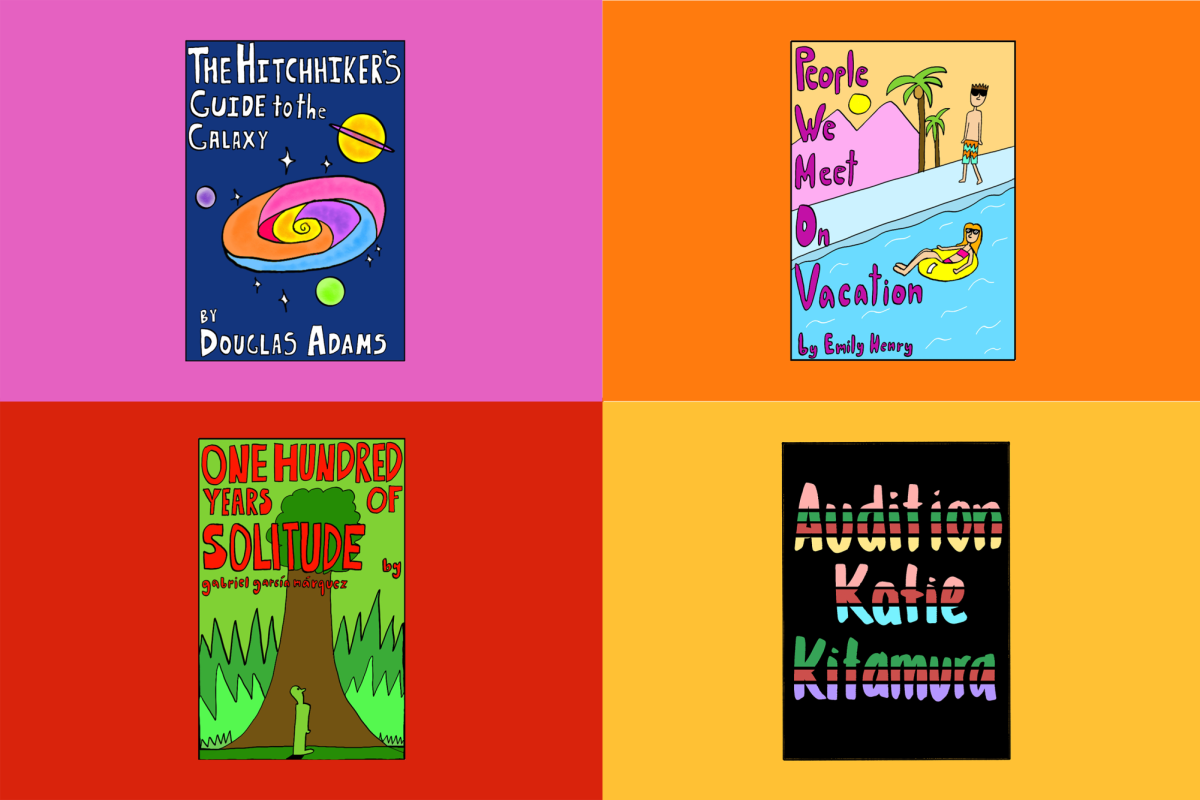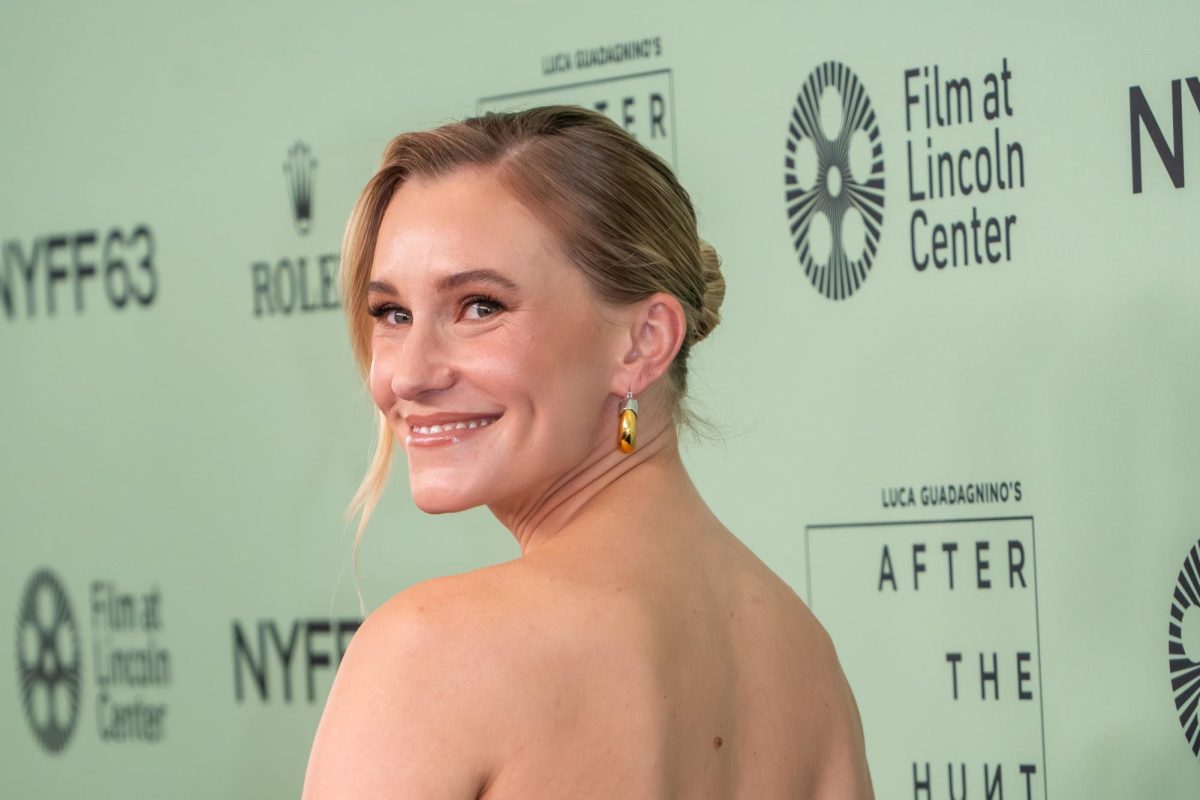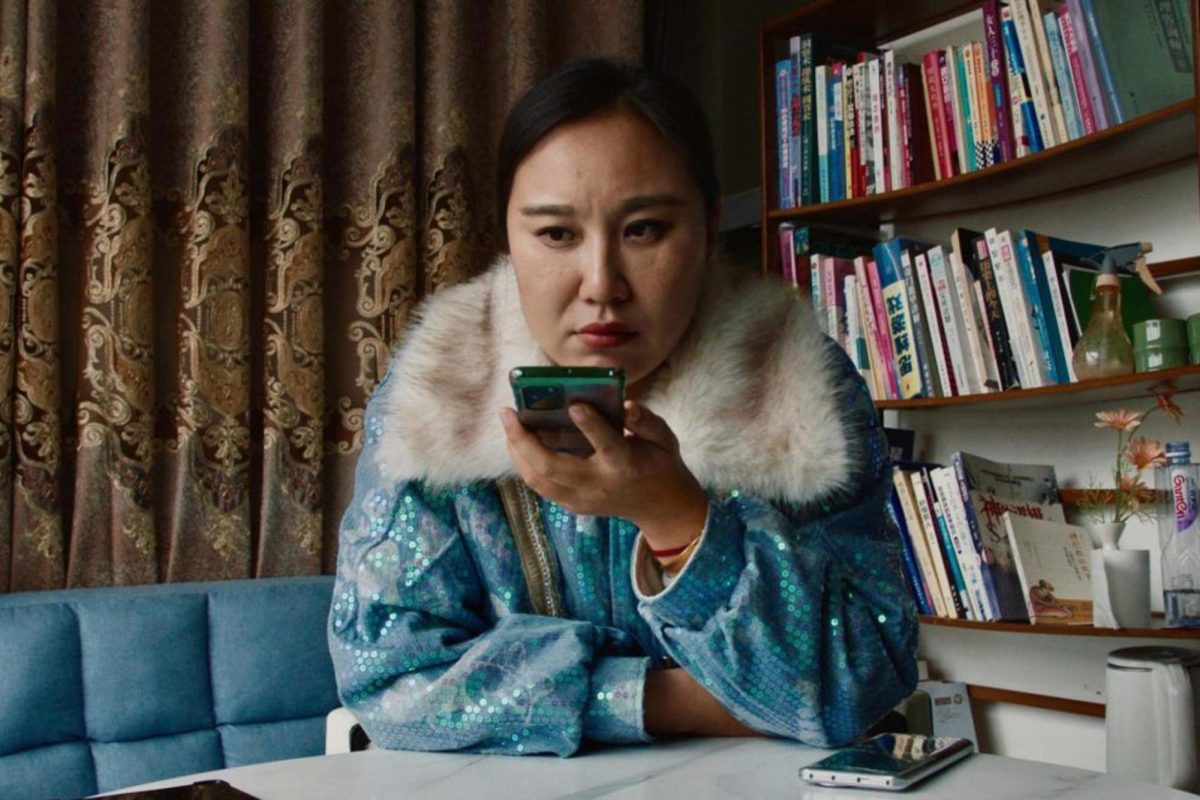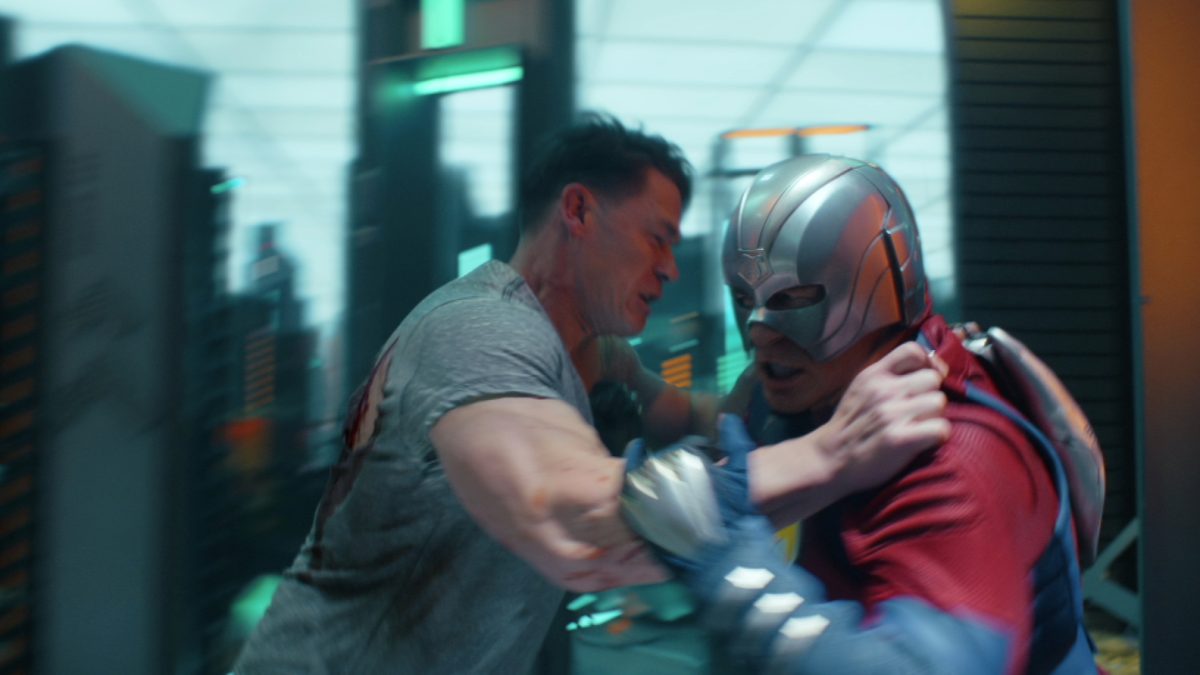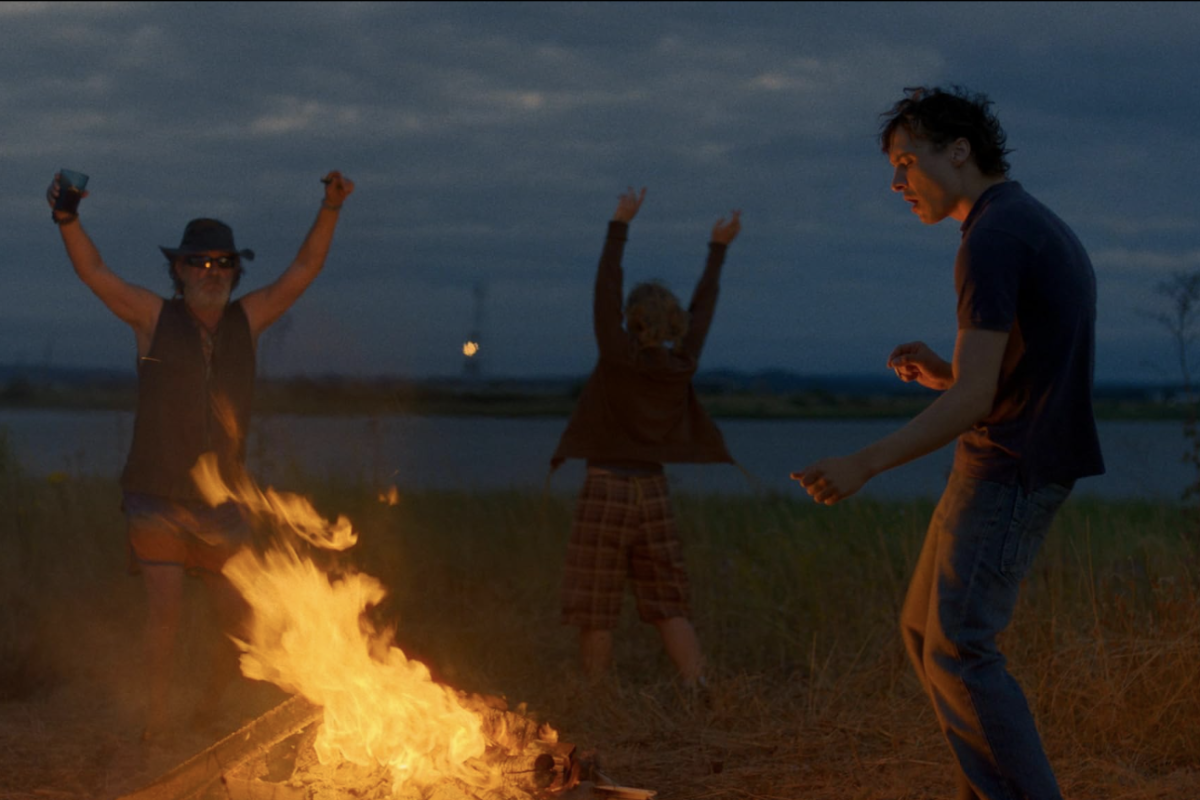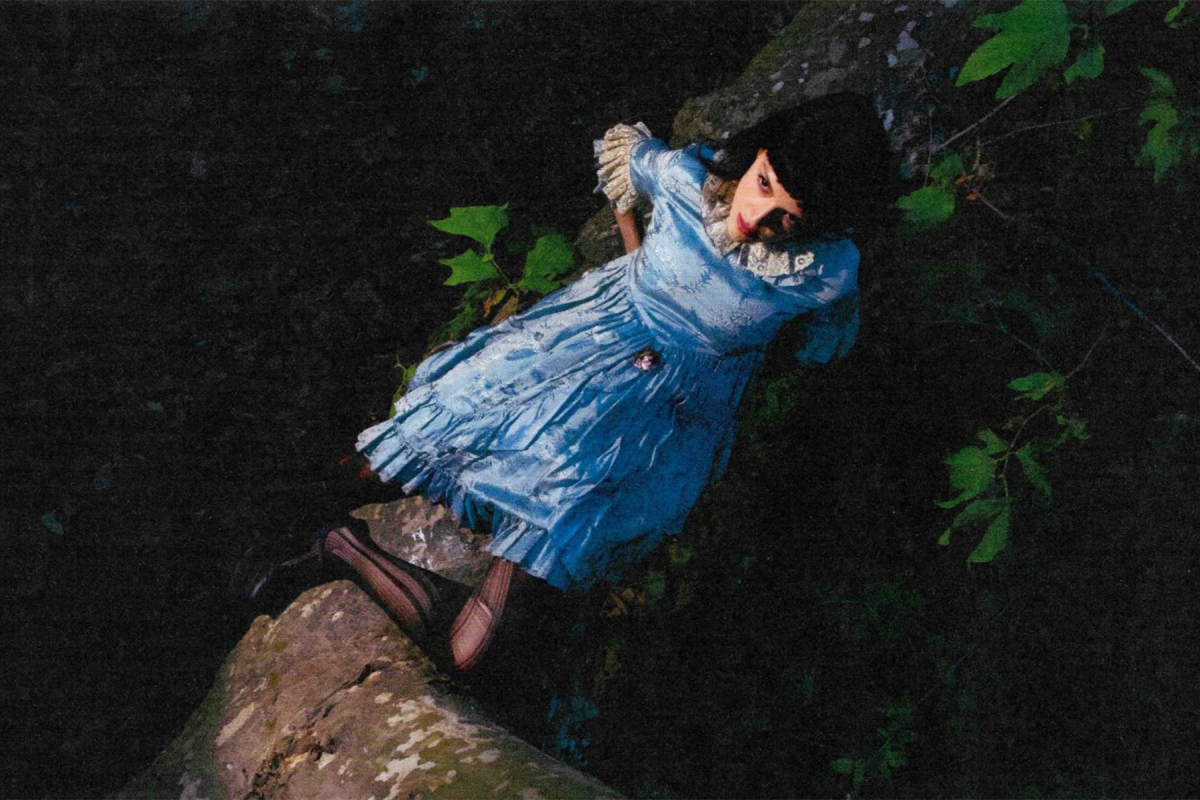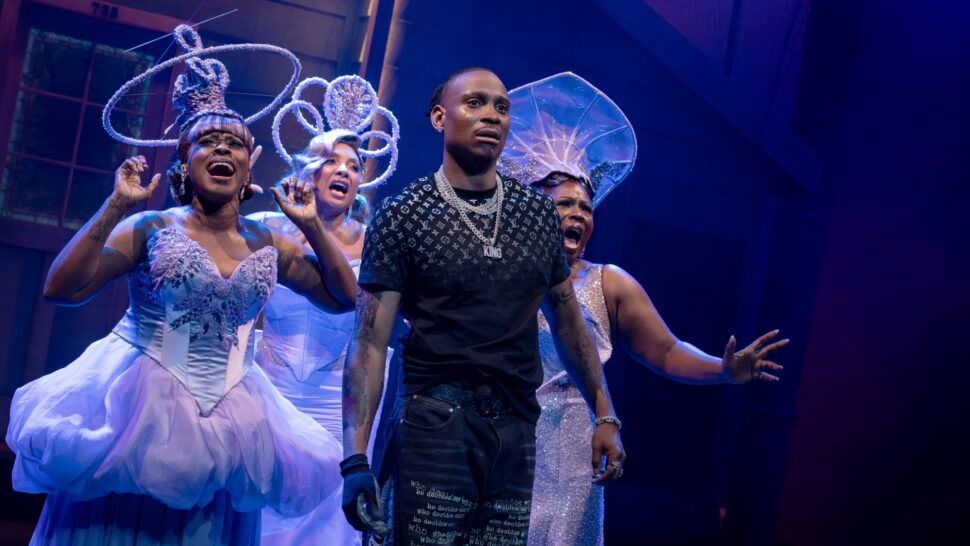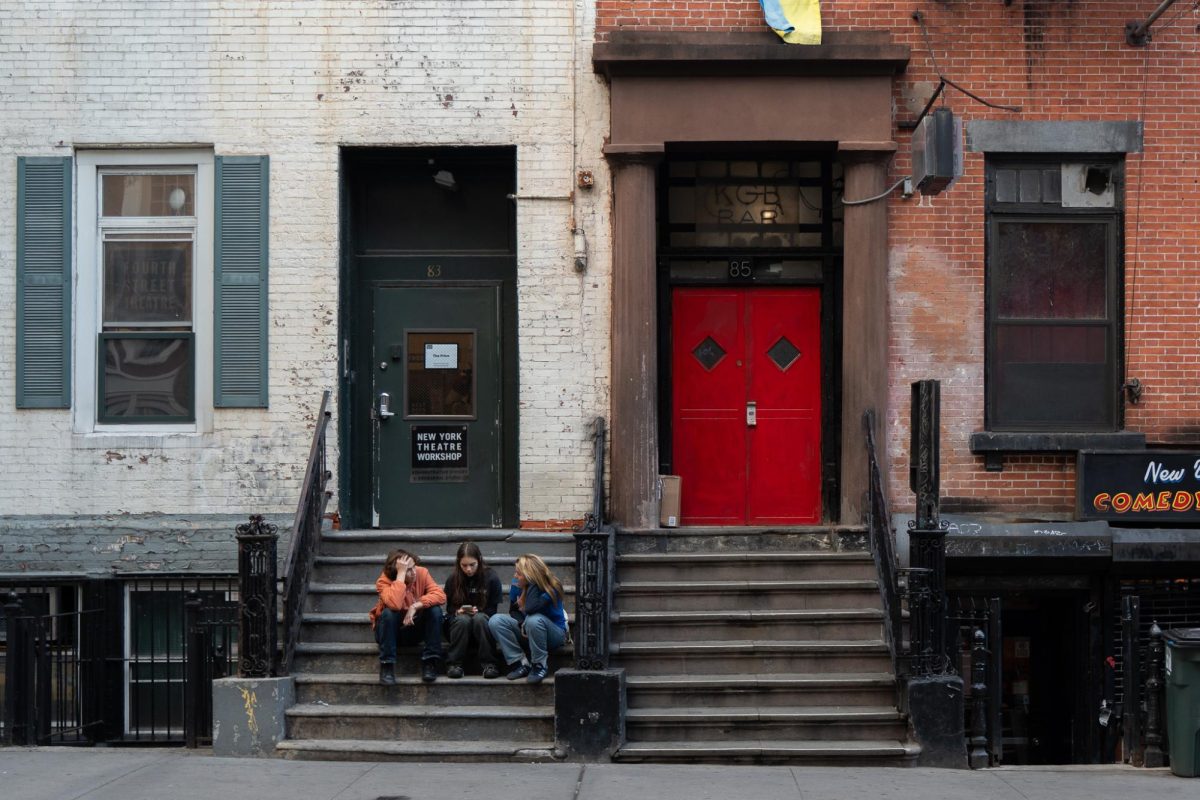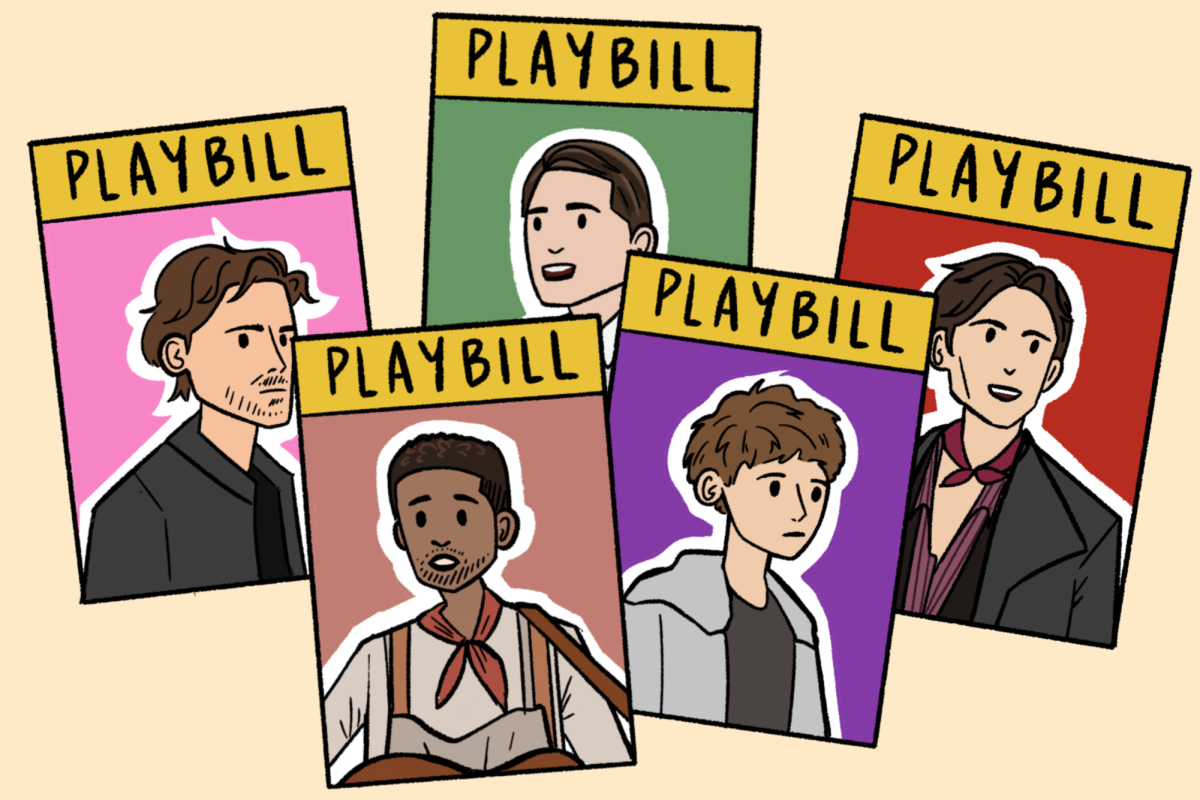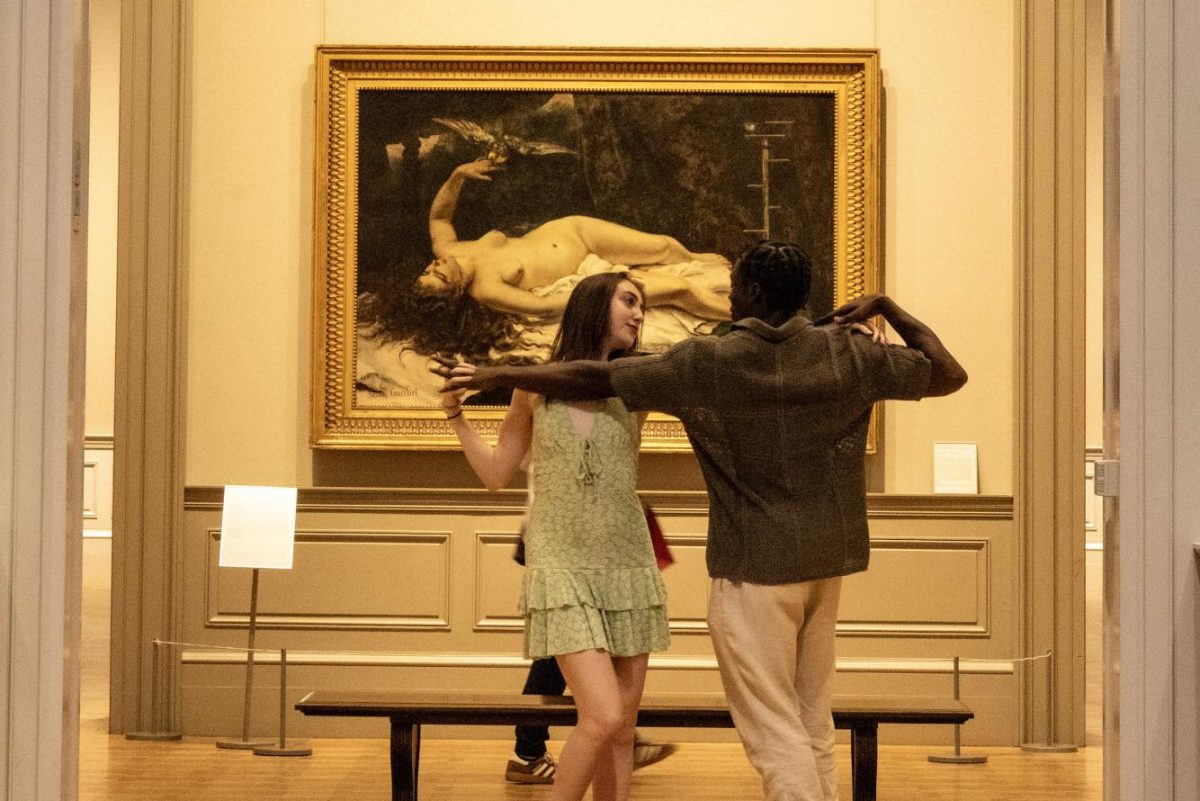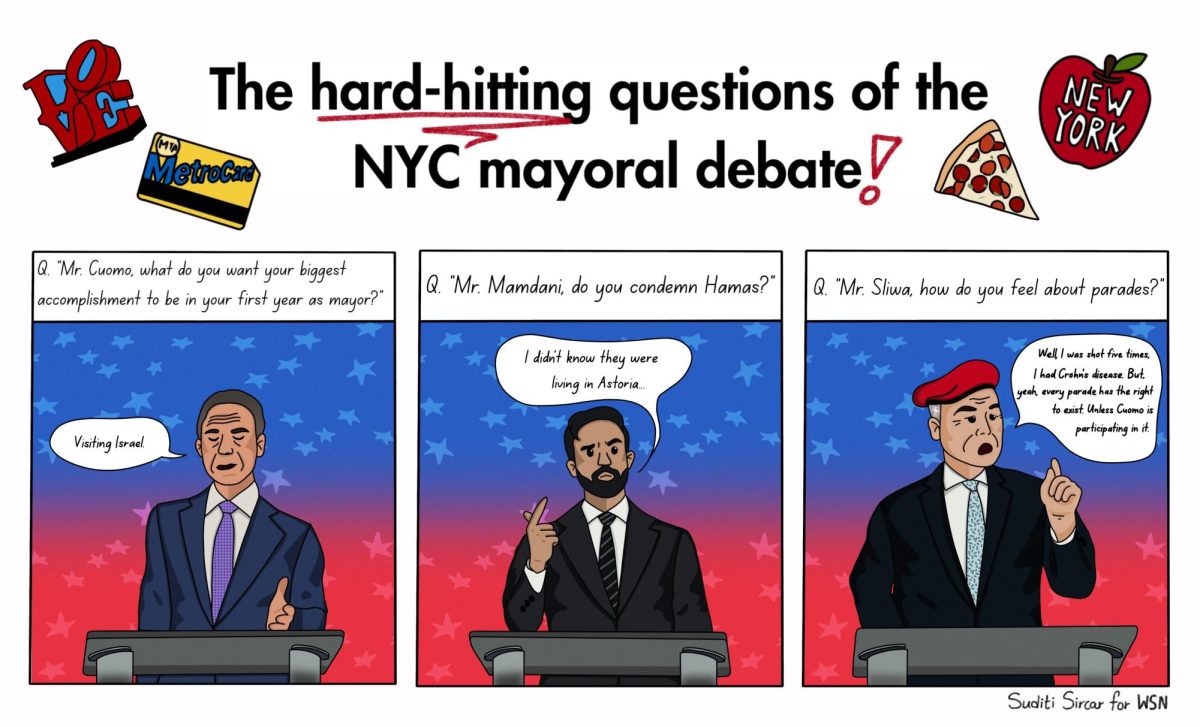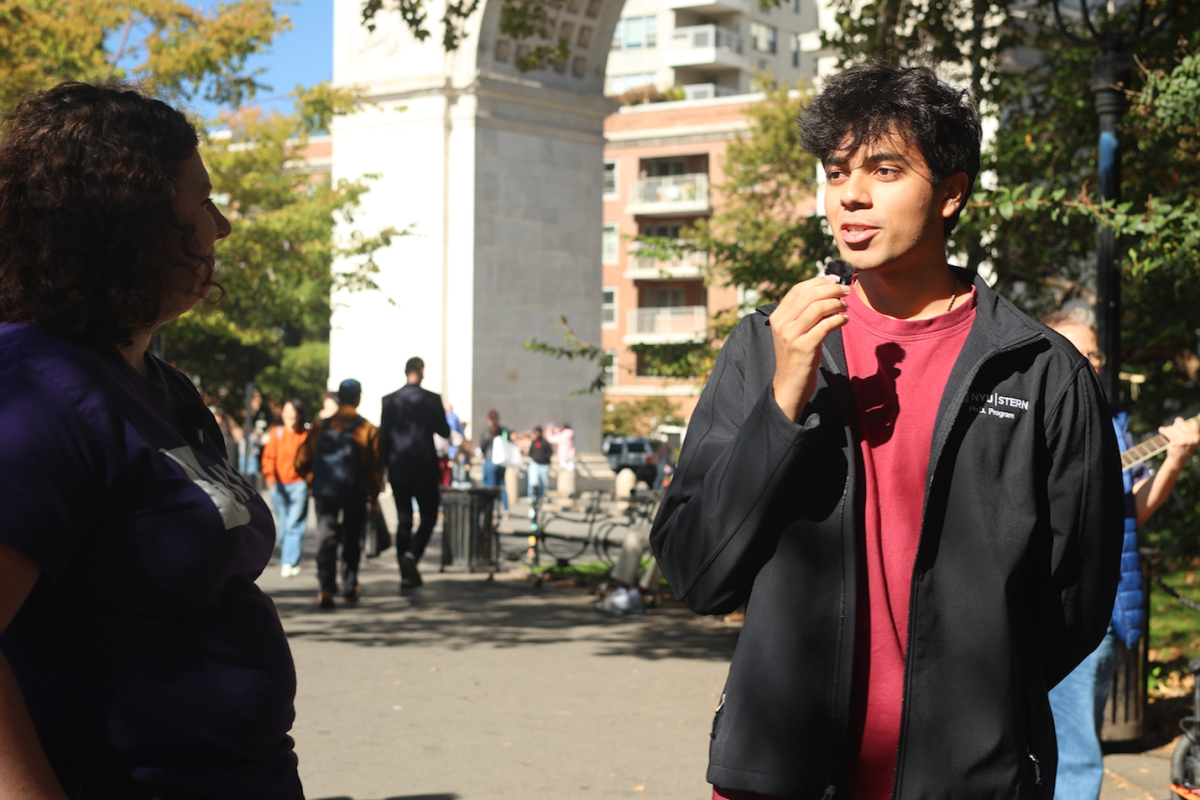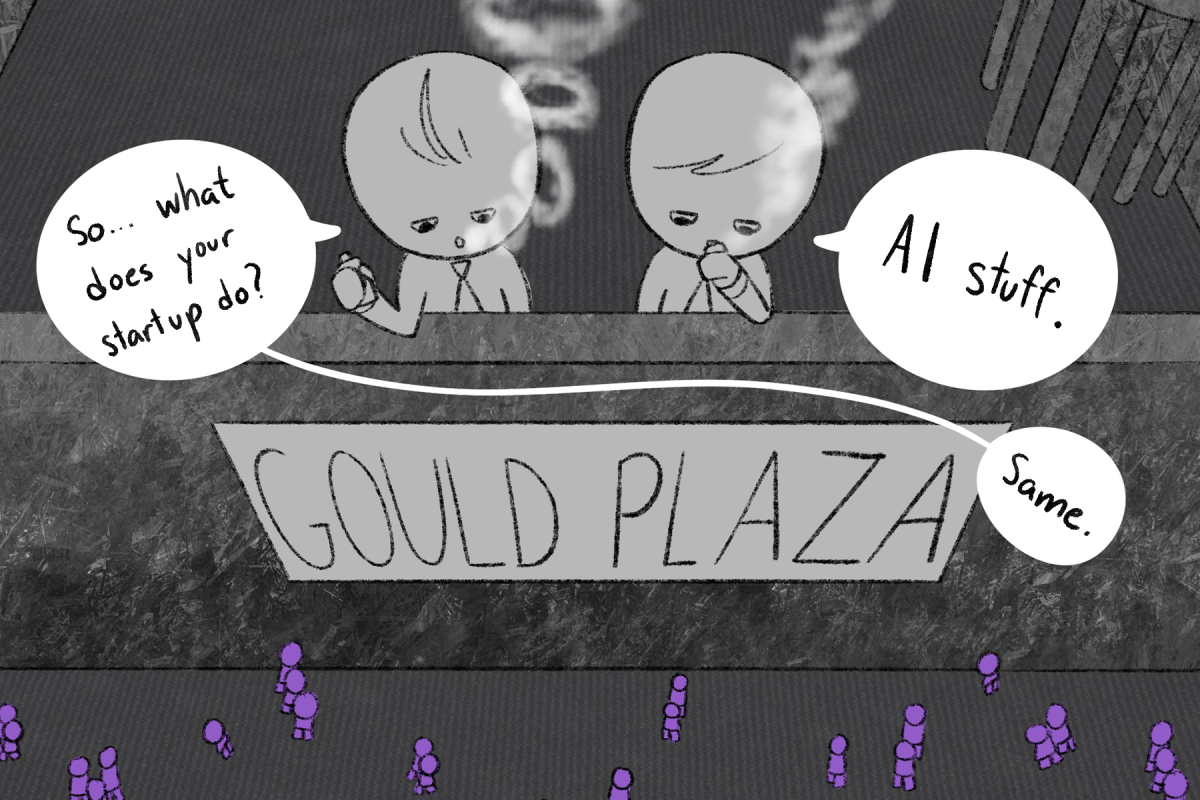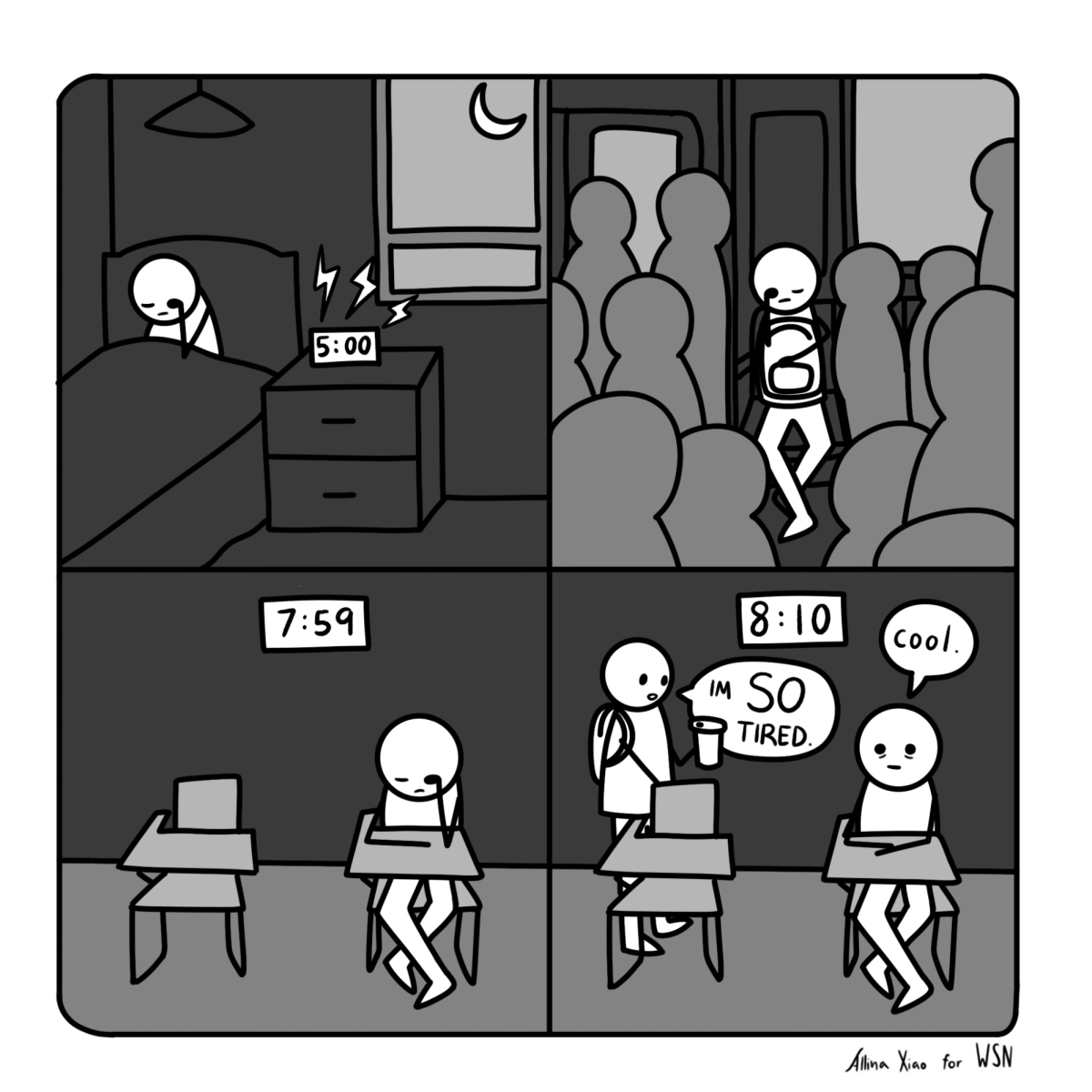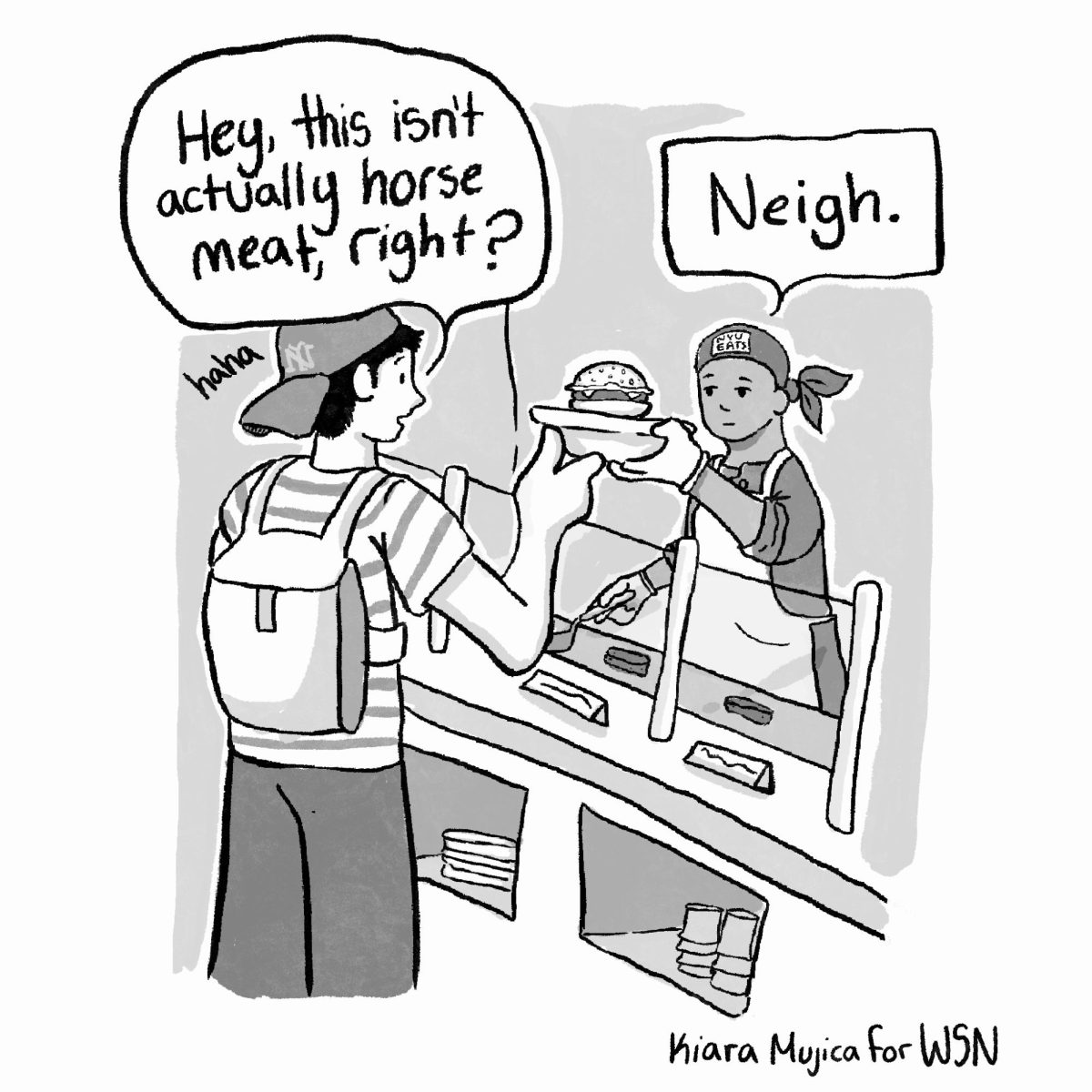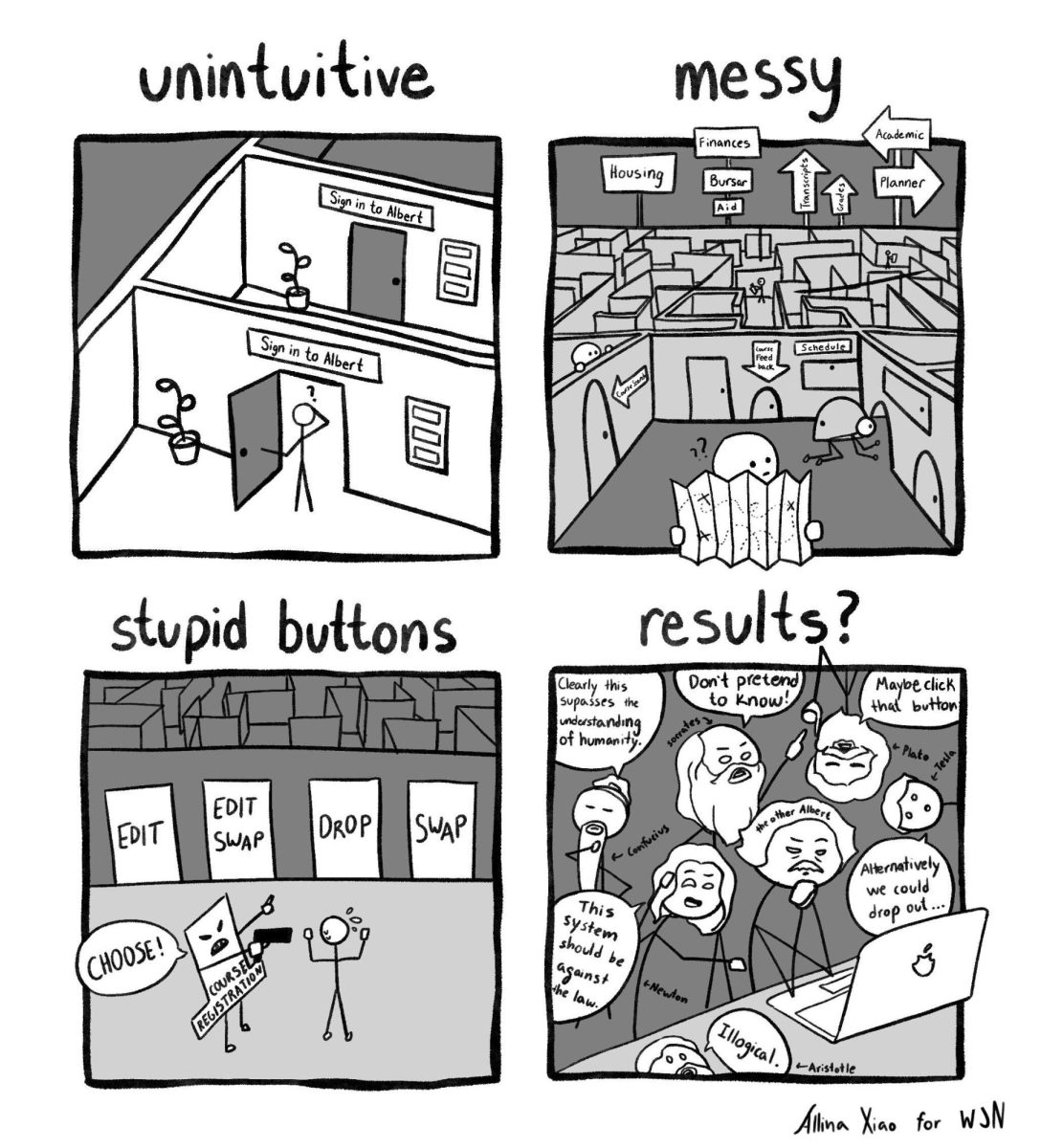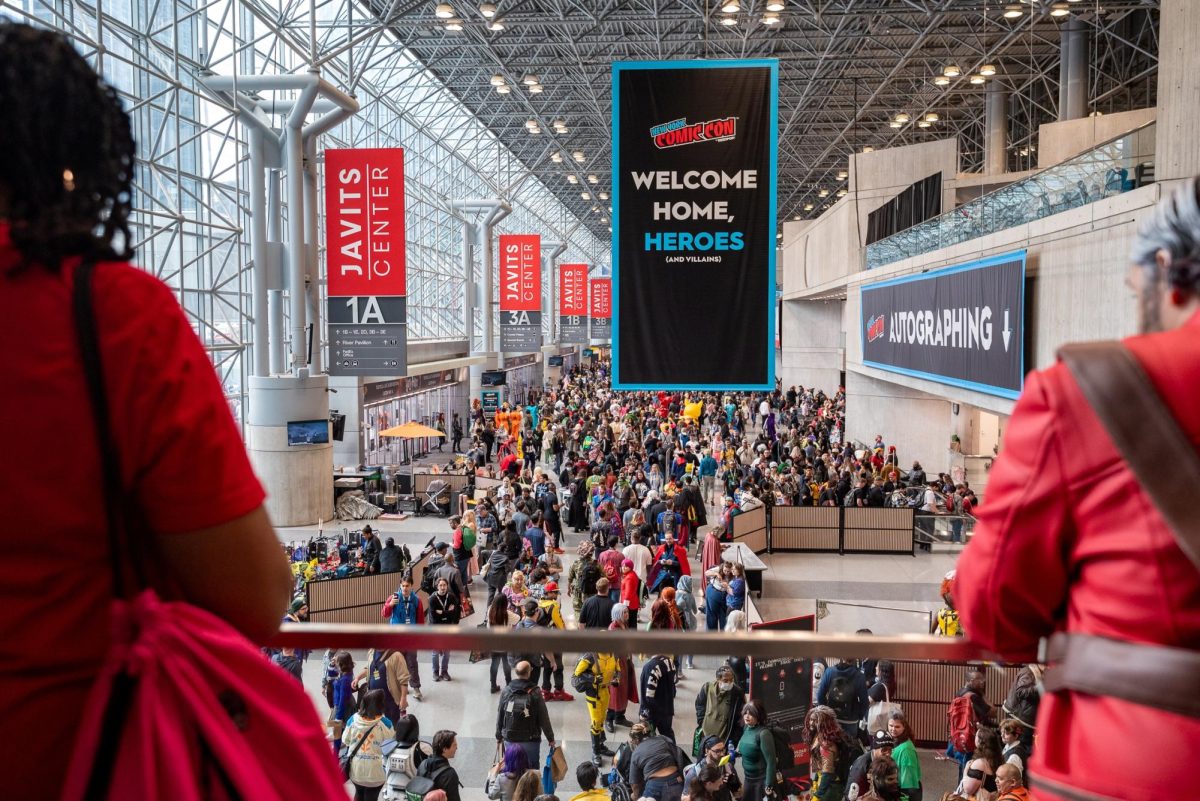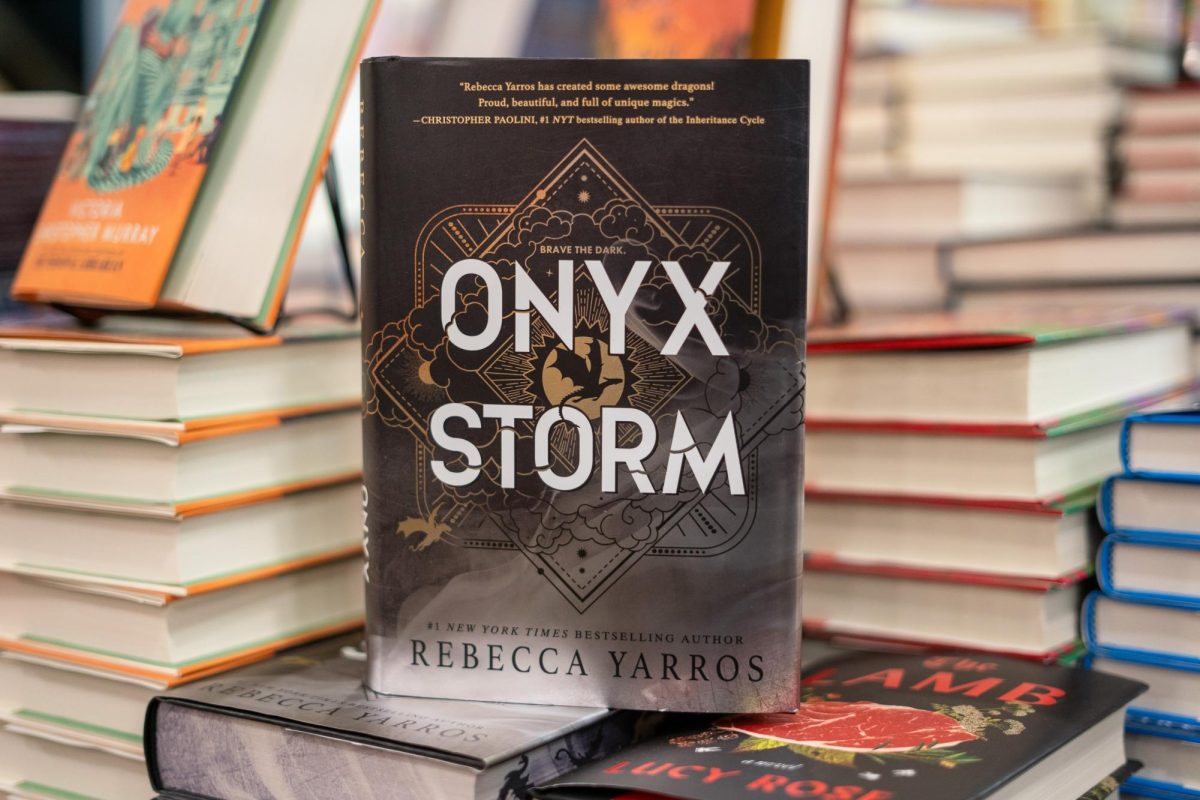After waiting almost a year and a half for the third book in Rebecca Yarros’ “Empyrean” series, I almost didn’t want to buy it — my anger and confusion from the second book had nearly turned me off. However, the bookish desire to have a complete series on my shelves drove me to the bookstore on the morning of Jan. 21 to purchase my very own copy. Every other person in the line at the store was also holding their own copies of “Onyx Storm.” The bookkeeper told me they’d already sold thousands since the books’ release at midnight.
The third book in a planned five-book series was disappointing, repetitive and predictable. The failures from the second book were not remedied, even with the introduction of new characters and story arcs, and the faults seemed almost exacerbated.
Throughout the series, Yarros creates a world where powerful dragons bond to humans after they’ve proved their worth in a series of dangerous events — walking a narrow ledge, defending themselves in hand-to-hand combat and scaling a steep wall covered with deadly obstacles. The bonds between dragons and humans go deeper than friendship — they can communicate telepathically, and when the dragon dies, so does the human.
In the first book — Violet, the main character destined to become a scribe — bonds to not one incredibly powerful dragon, but two. While Xaden, the most powerful rider alive, is her mortal enemy at the beginning of the first book, they soon start a forbidden romance which drives much of the plot throughout the series. Much of the first book takes place at Basgiath, the war college they attend. In the second and third books, characters travel beyond the borders of their kingdom — fighting enemies and potential allies alike.
After the heartbreaking cliffhanger at the end of the second book, I was reeling. Xaden makes the ultimate sacrifice — his soul — to save Violet and the rest of the cadets at their war college during battle. He subsequently starts the process of becoming a venin, a human who goes against the laws of nature to draw power directly from the earth, and spawns dragon-like wyverns to fight alongside. So, as I started the third book, I expected tension and the struggle to find a cure to stop him from becoming venin — but its complete lack of resolution was unexpected.
Violet spends the whole book trying to convince both herself and readers that there is something redeemable about Xaden, as he is fighting a war against the venin, deciphering old texts to rebuild protective wards around the cities and hunting down the secret seventh breed of dragons for their aid.
Meanwhile, Yarros walks a thin line trying to keep her brooding, hot male main character from seeming evil by making him a professor and having him kill more venin than anyone else. All she achieves is making both Xaden and the romantic tension feel stale. Yarros writes romantic tension into moments where important decisions are made, making the scenes hard to follow and lessening the impact of the romance. While Violet is asking the commanders of the war college who will join her on her quest for war alliances, Xaden is lamenting how much he’s missed her and their intimate moments together.
Nearly a third of the book consists of Violet and her friends visiting a series of tropical islands in search of a cure for Xaden, armies to help in the war effort and the seventh dragon breed. It quickly became difficult to remember the various islands and what occurred on them. The deaths of certain characters barely register in the blur of their fast-moving quest. Put simply, the majority of the book is repetitive, making it predictable for the reader. On the first island Violet and her squad visit, a fight breaks out over dinner. 10 chapters later, on the third island visit, the squad is again fighting at the dinner table. Both dinner fight scenes end with someone’s hand being stabbed.
The constant movement of characters from place to place gave me the feeling that there was no plan — like Yarros didn’t have an outline for five books. In the final few chapters, Yarros attempts to build on some lesser characters’ stories, solidifying the feeling that this was a filler book.
It feels like Yarros relied on knowing the fandom would flock to bookstores despite the disappointment of the second book. Even I, who was skeptical this book would be good, bought it on the release day. The book, while taking nearly twice as long to release compared to the second book, fell victim to much of the same confusing dialogue, underdeveloped plot and character arcs that plagued the second book. Yarros simply didn’t deliver the book I was hoping for.
Contact Ciara Lang at [email protected].

